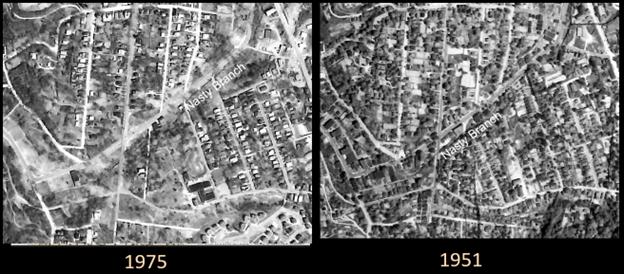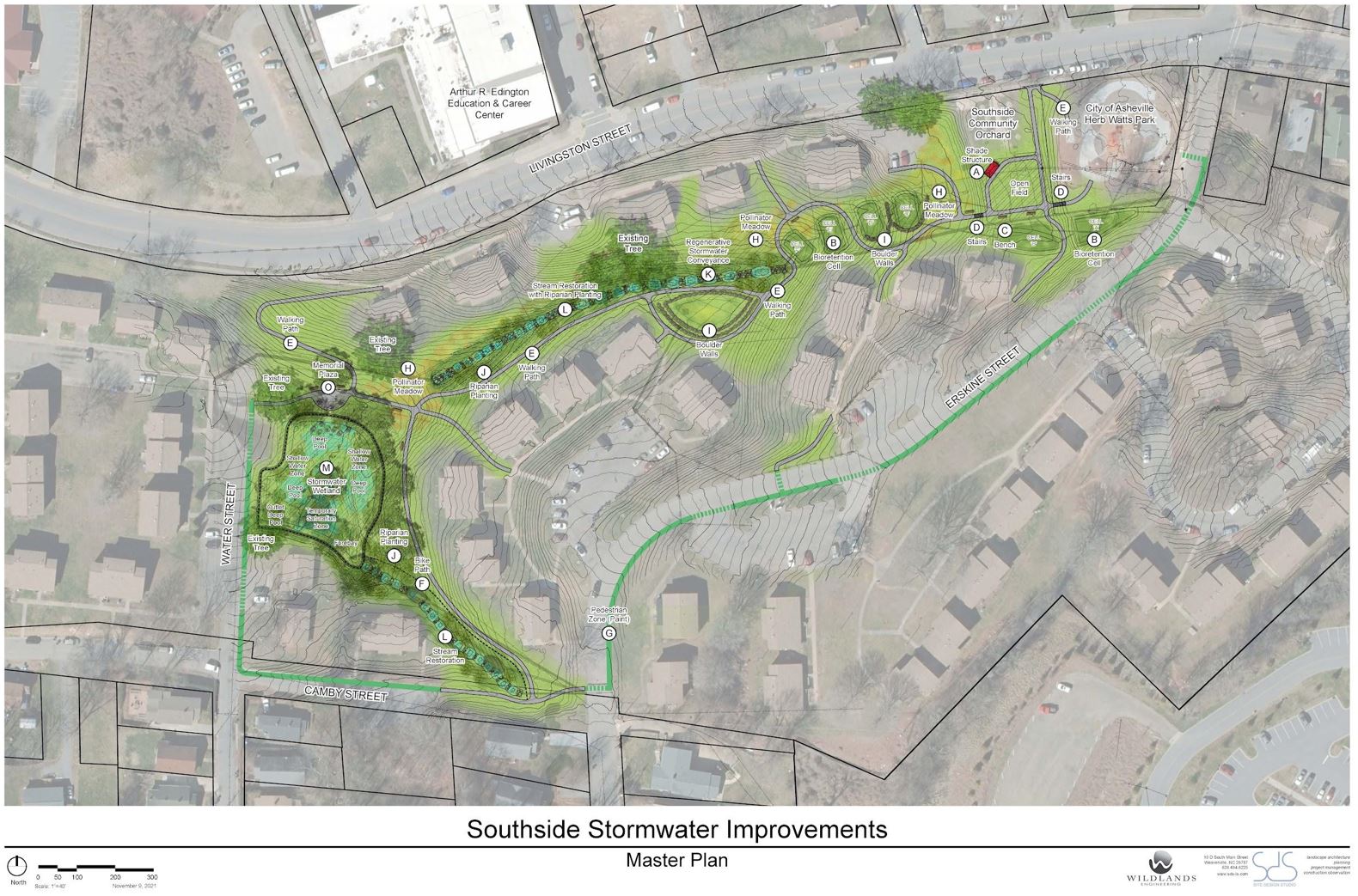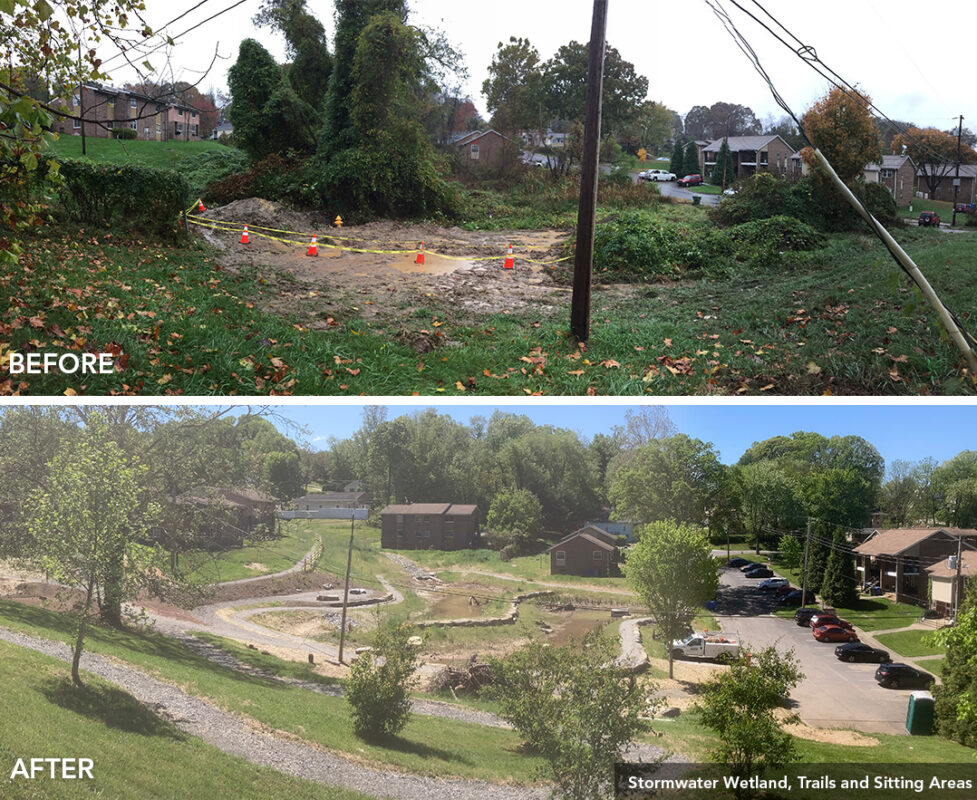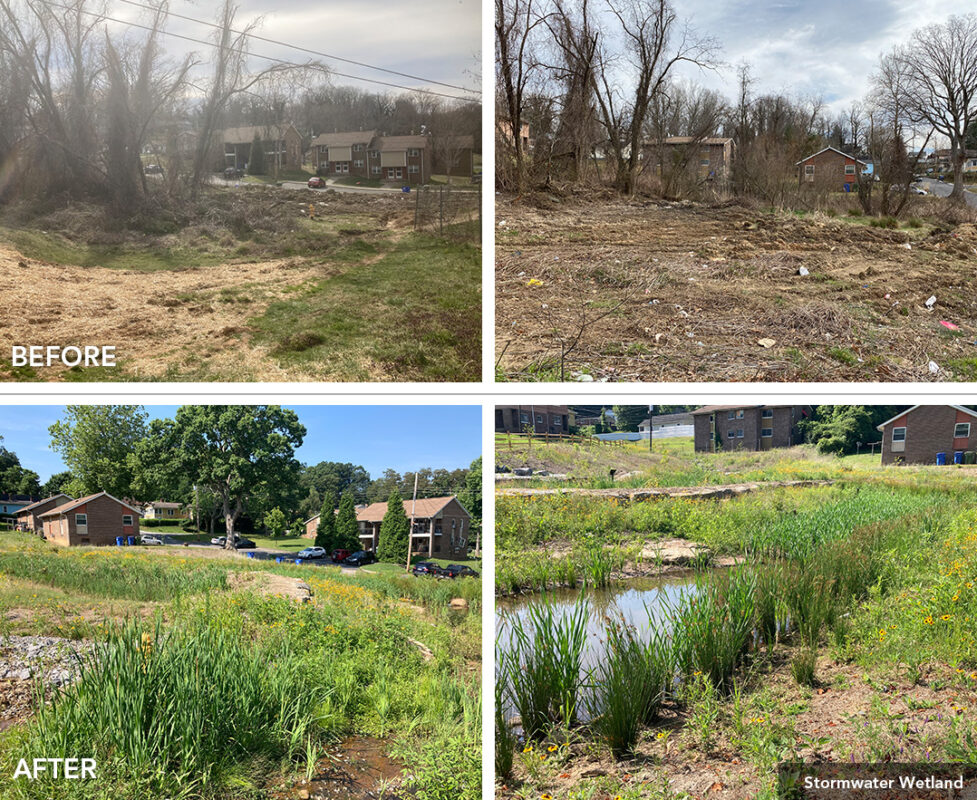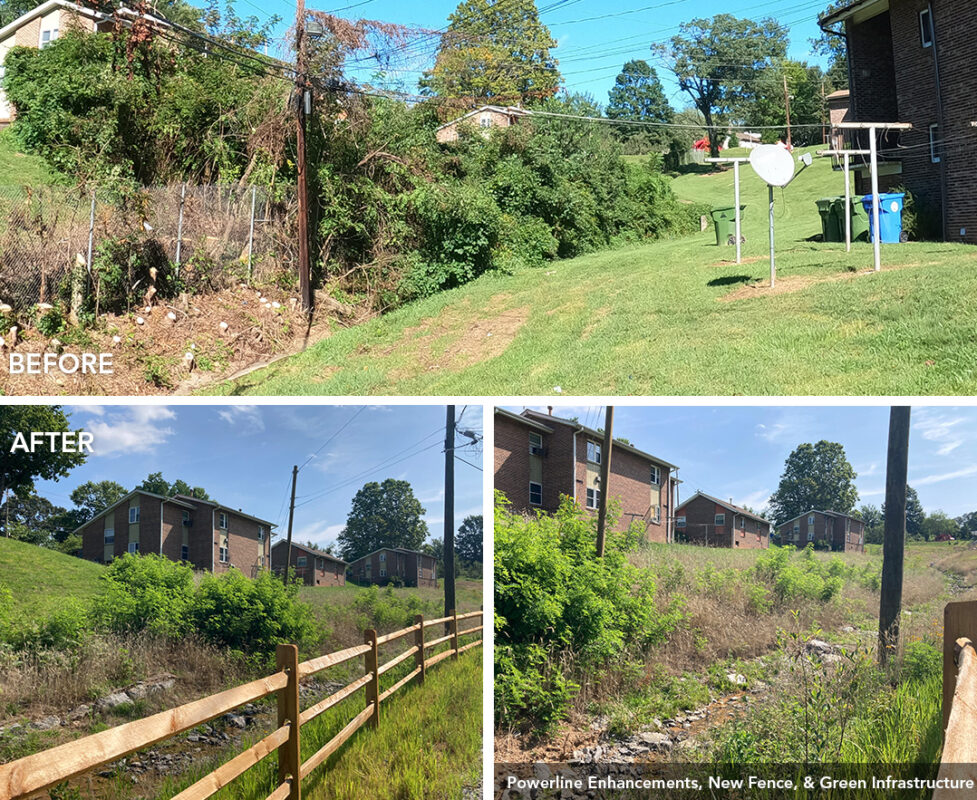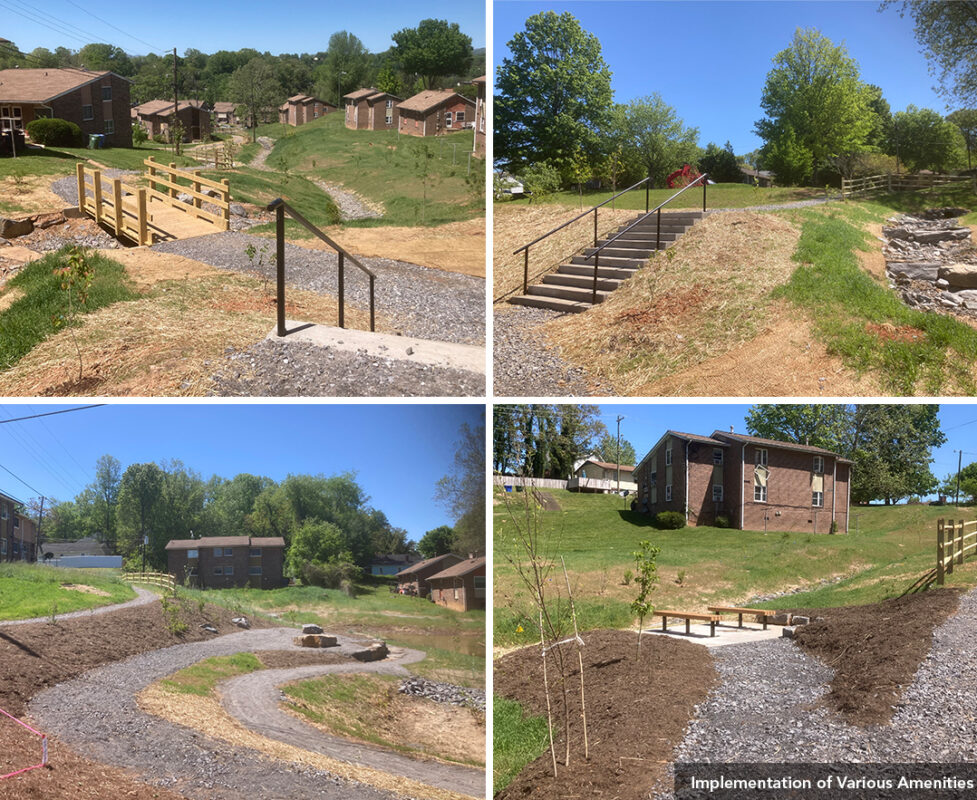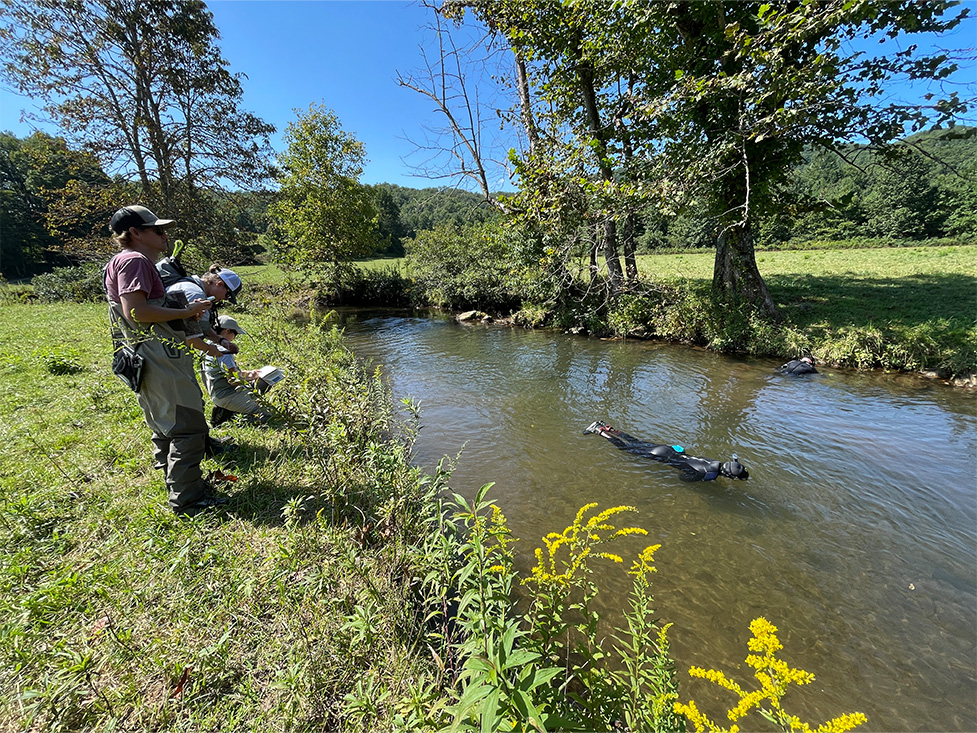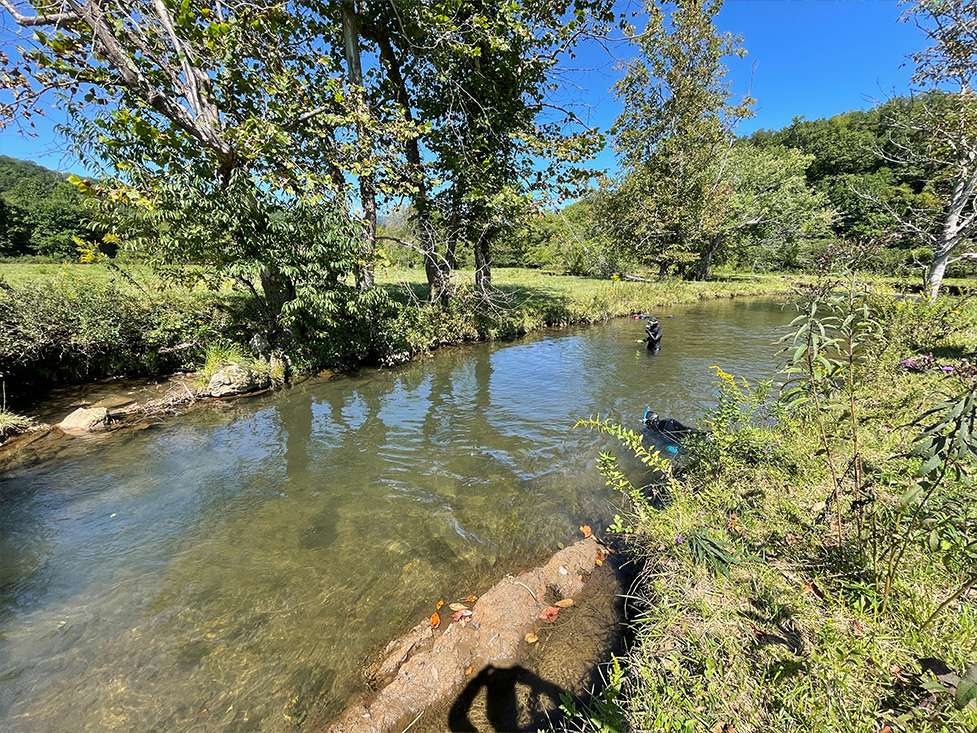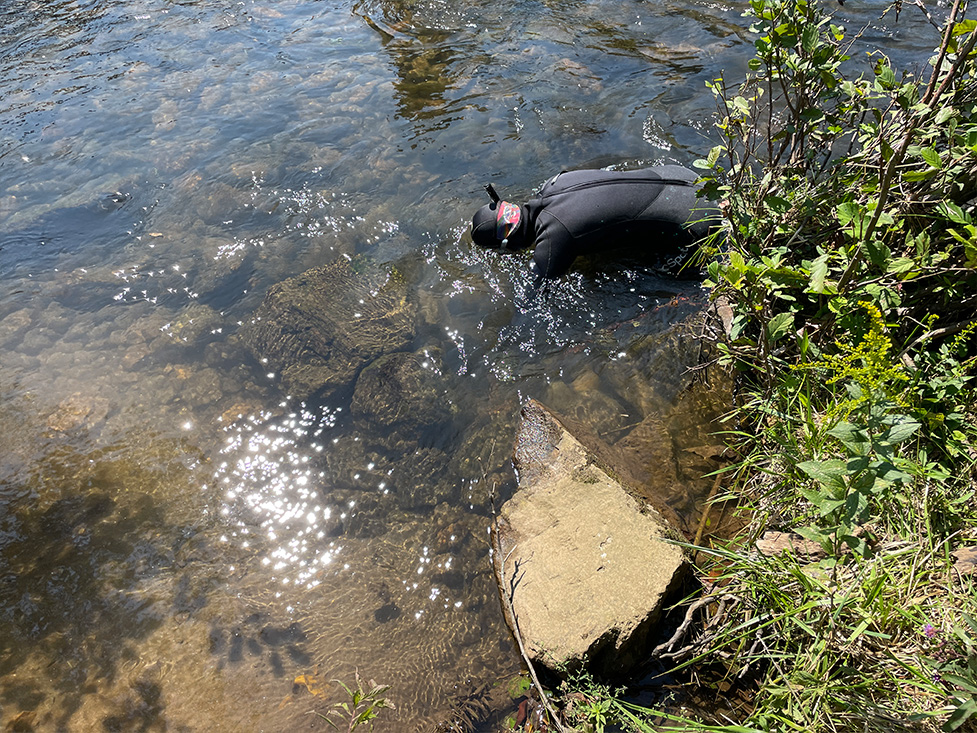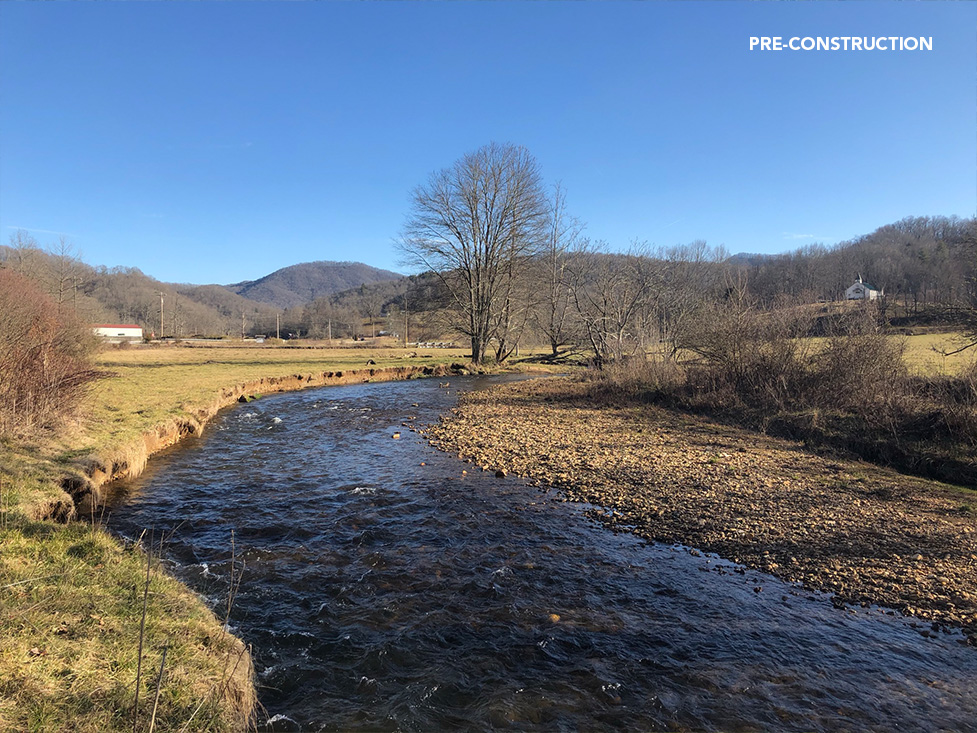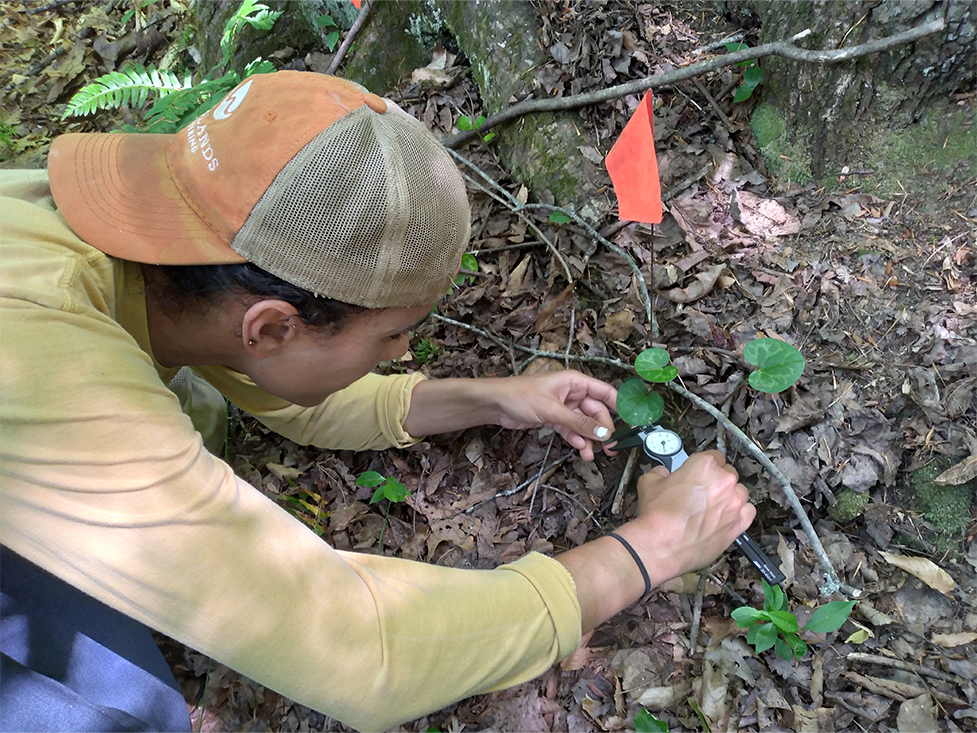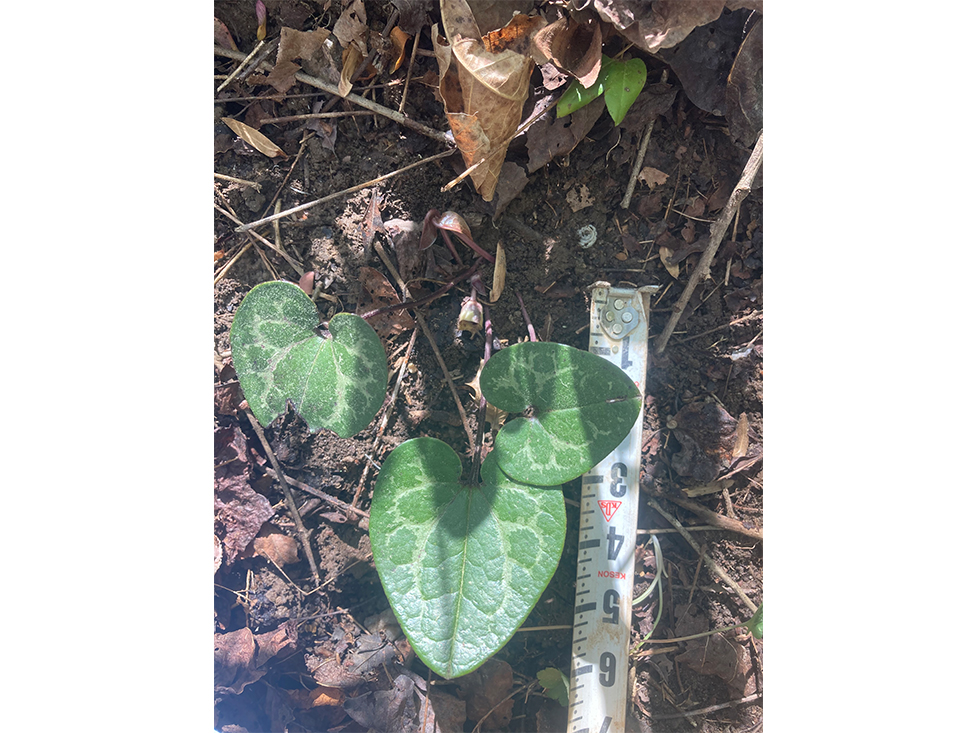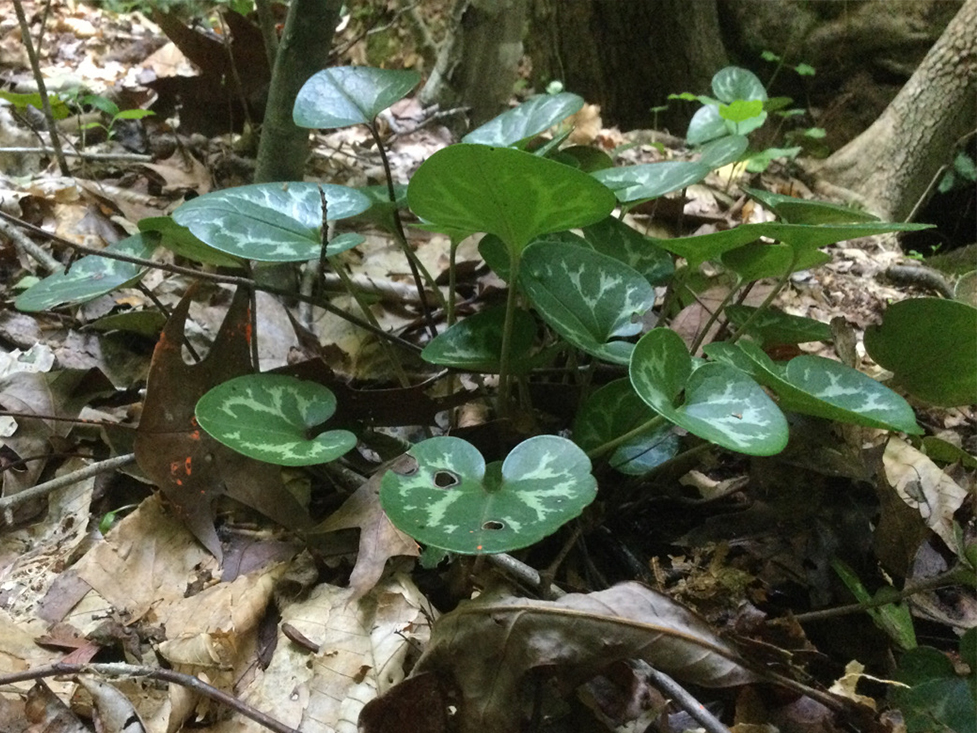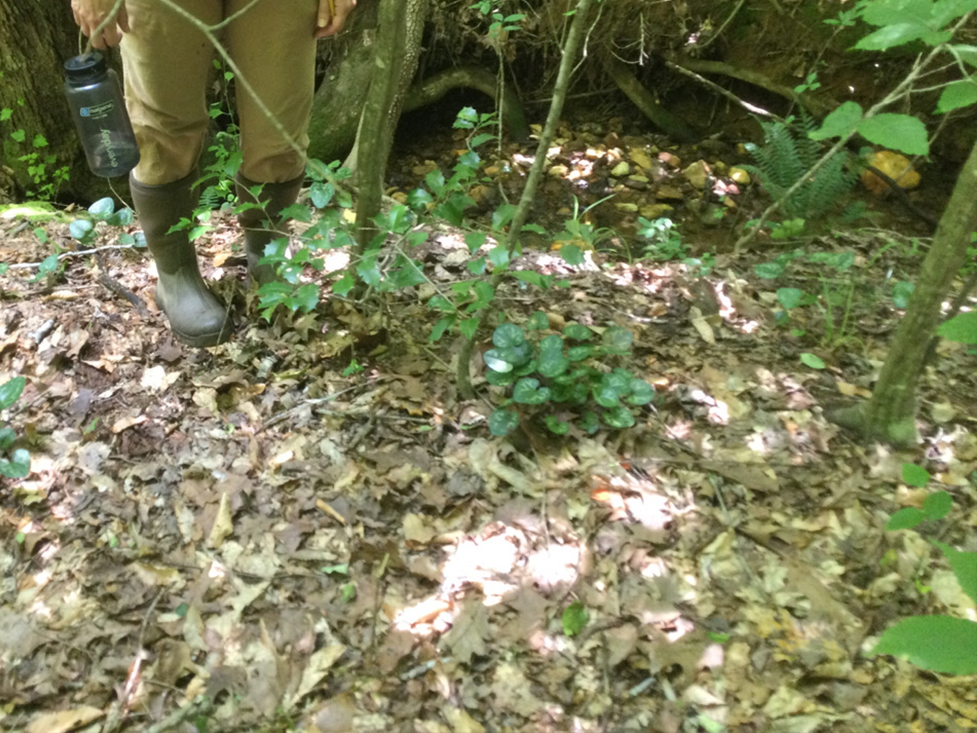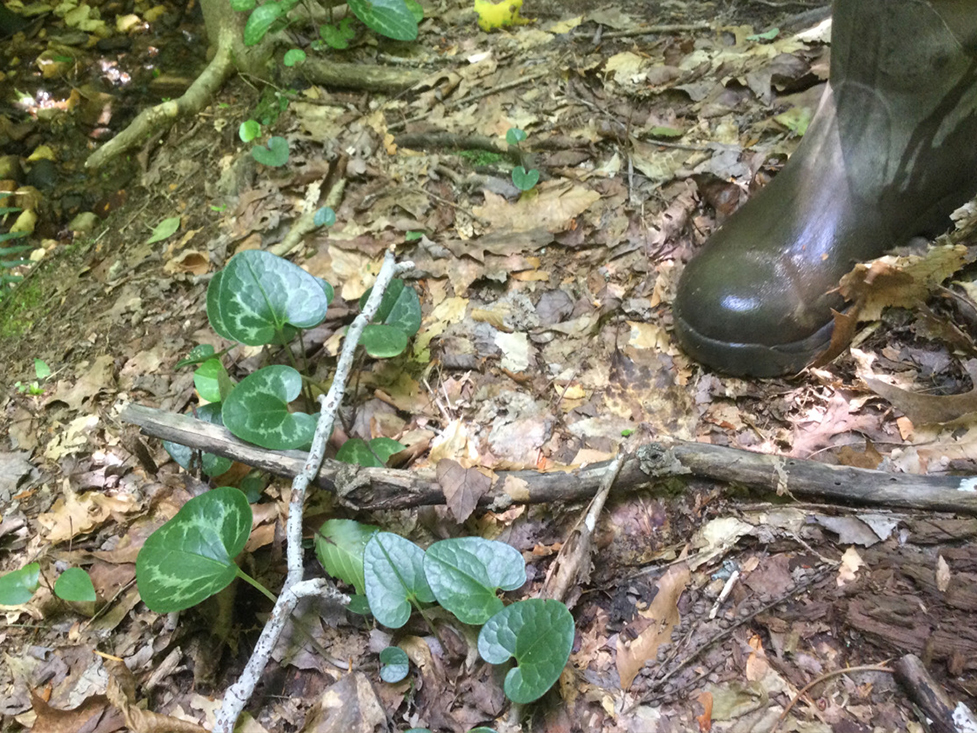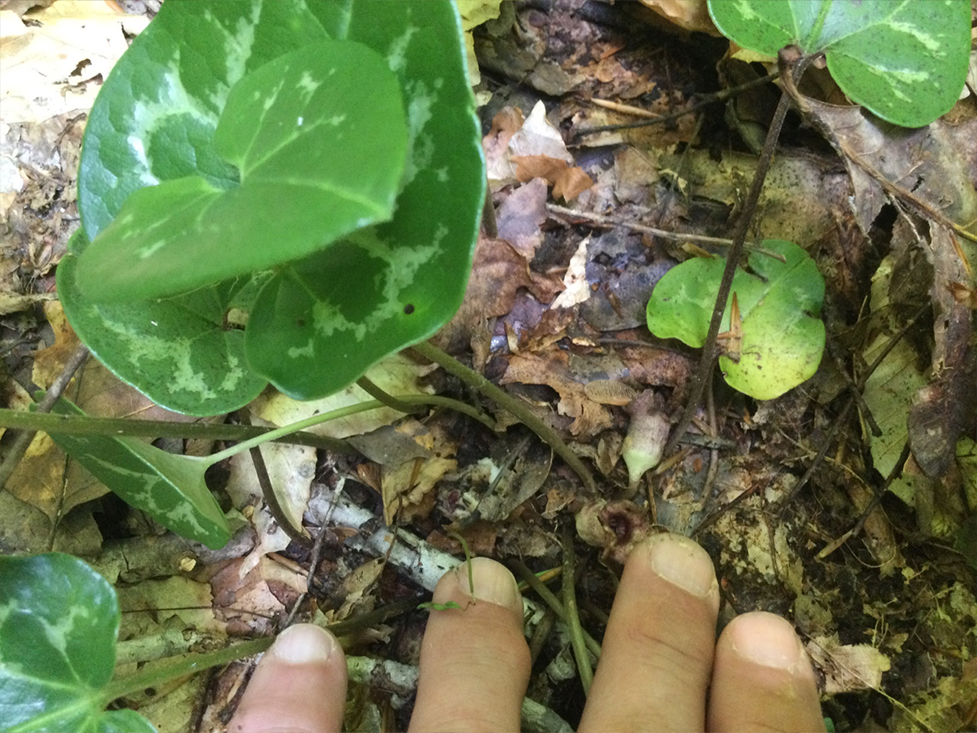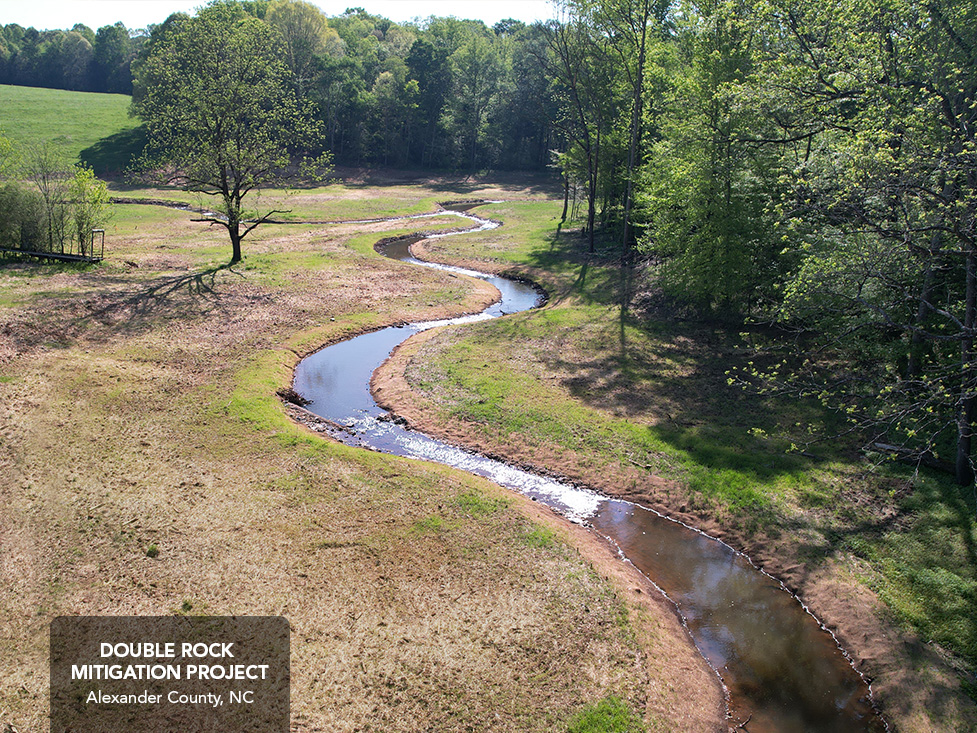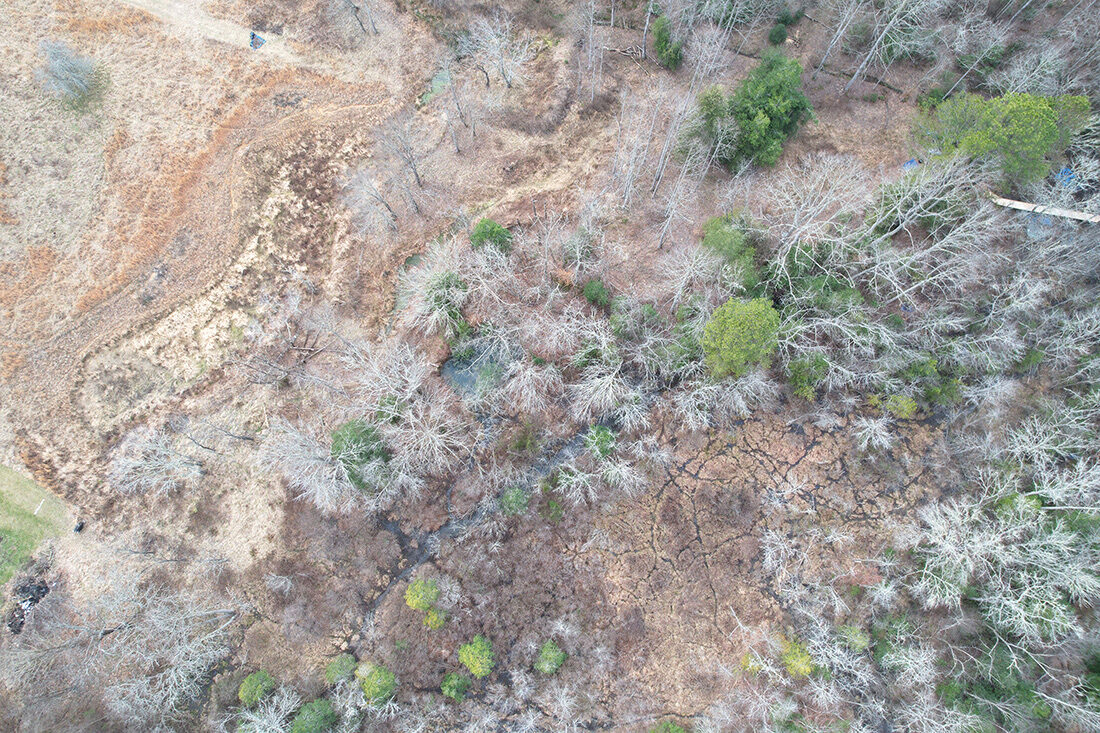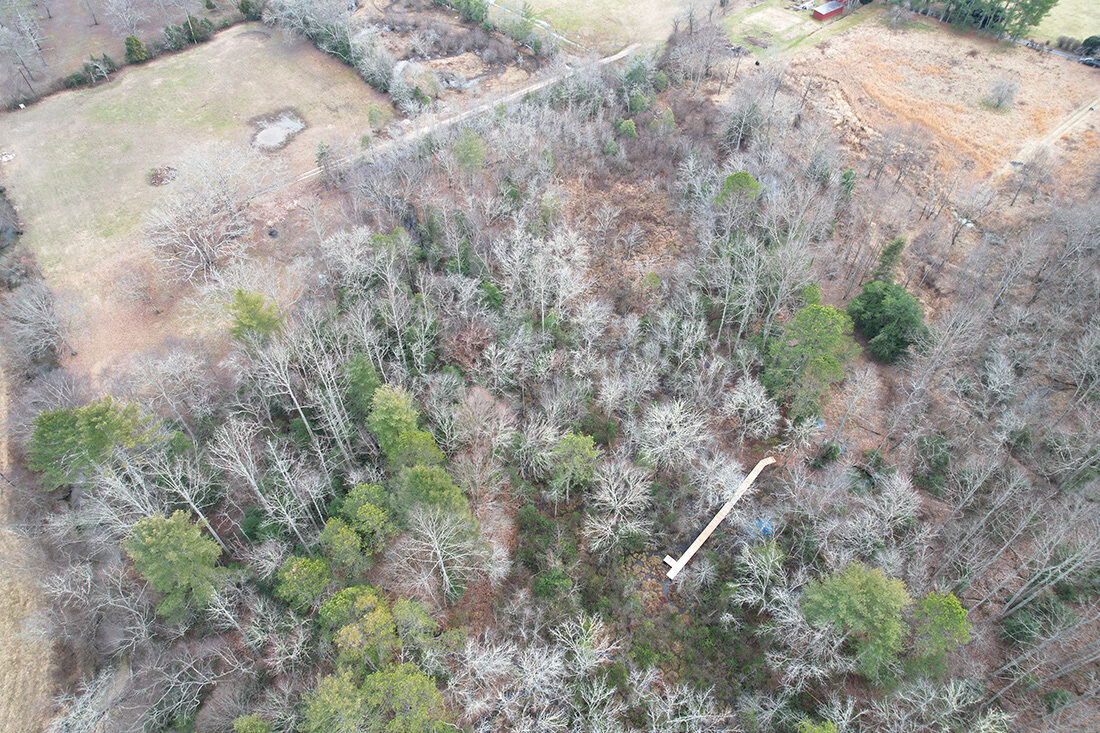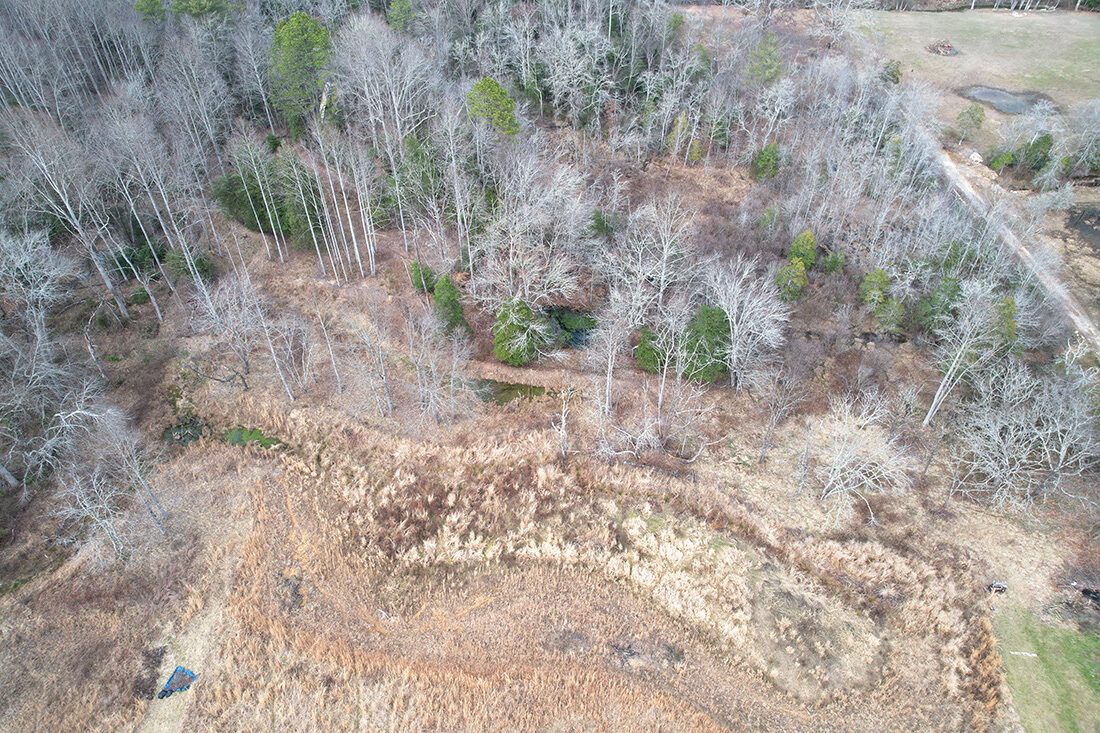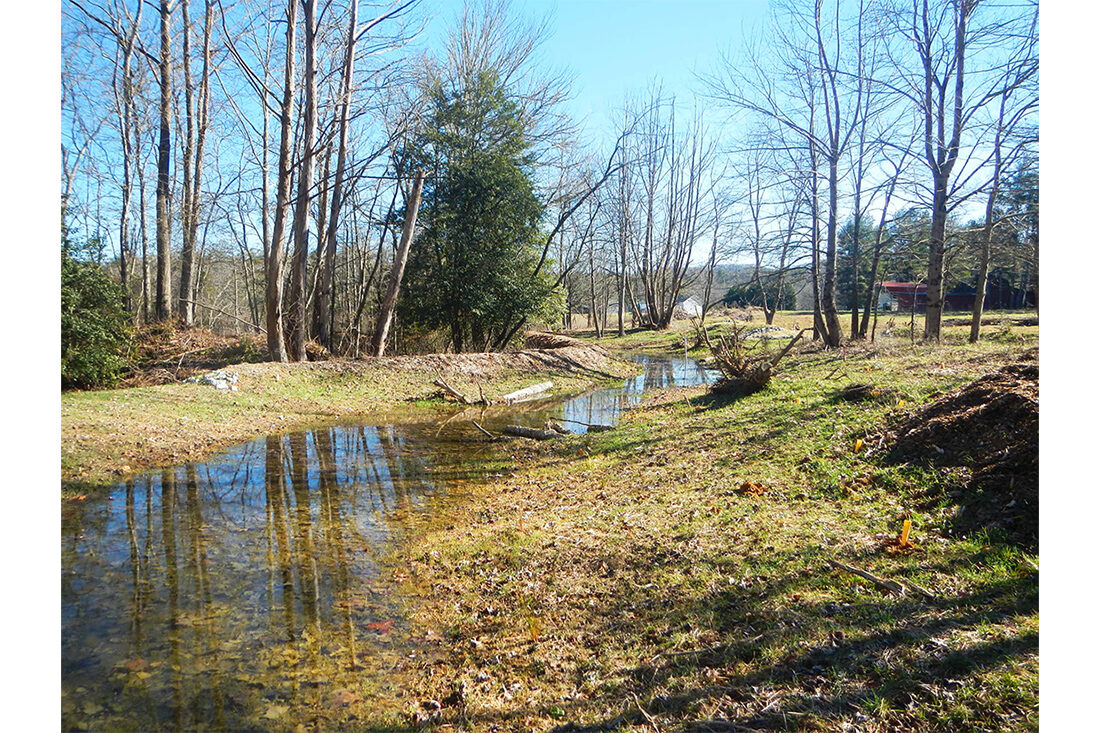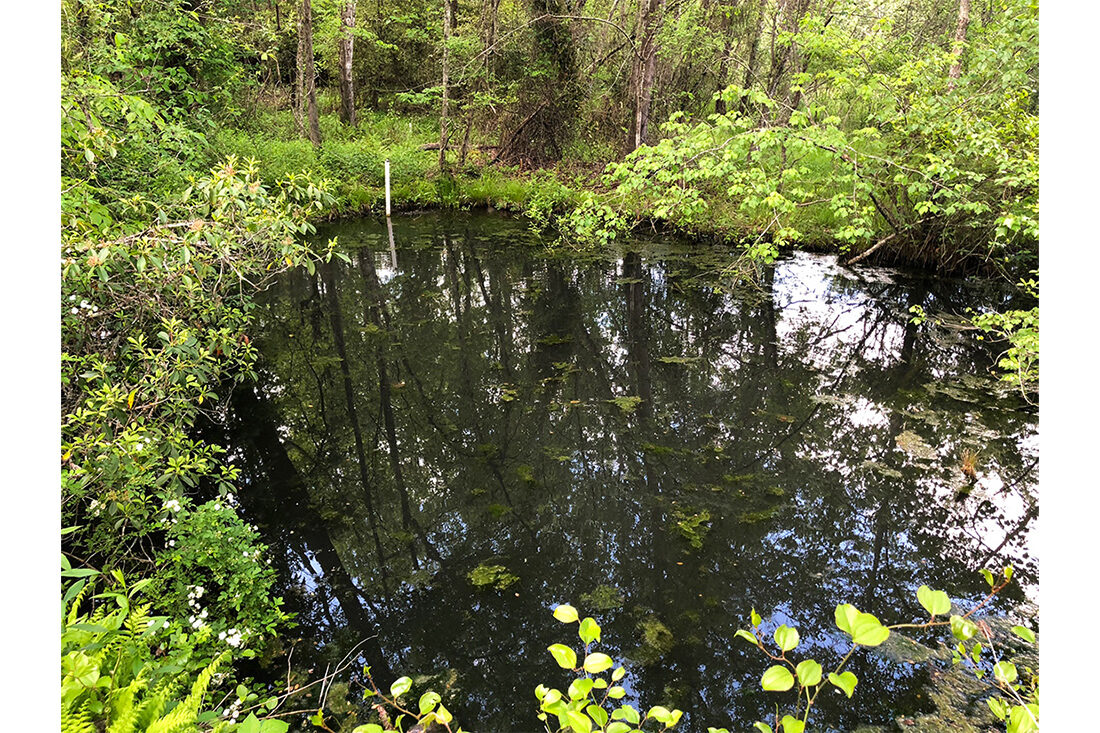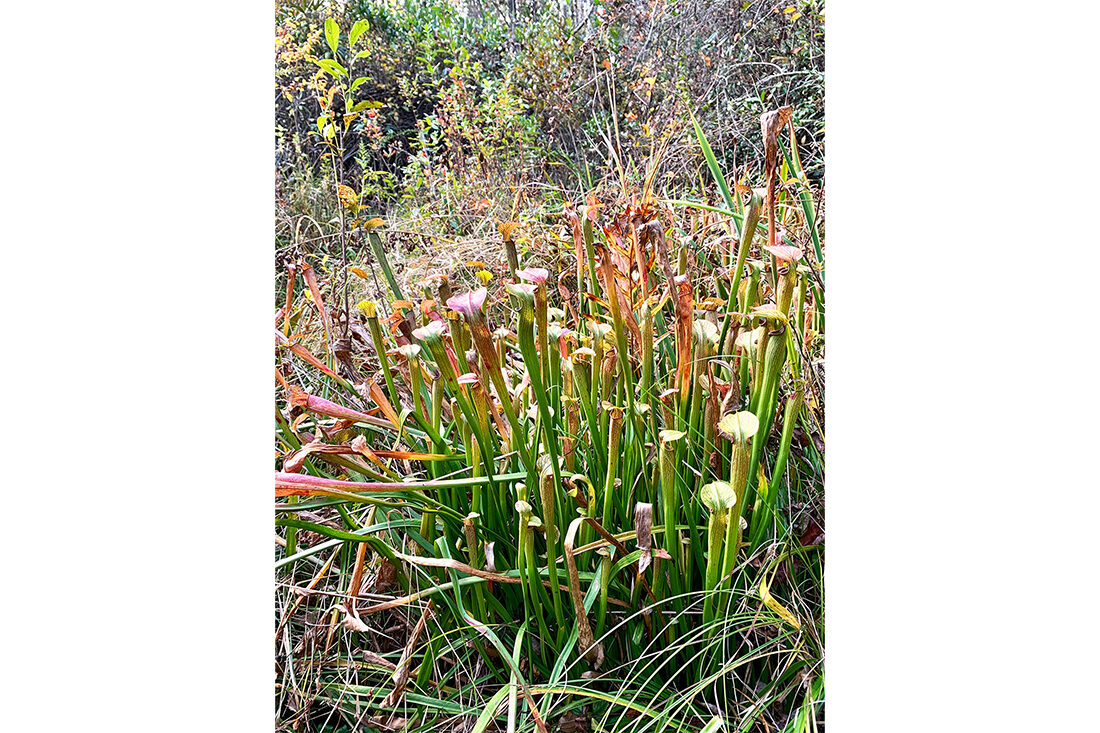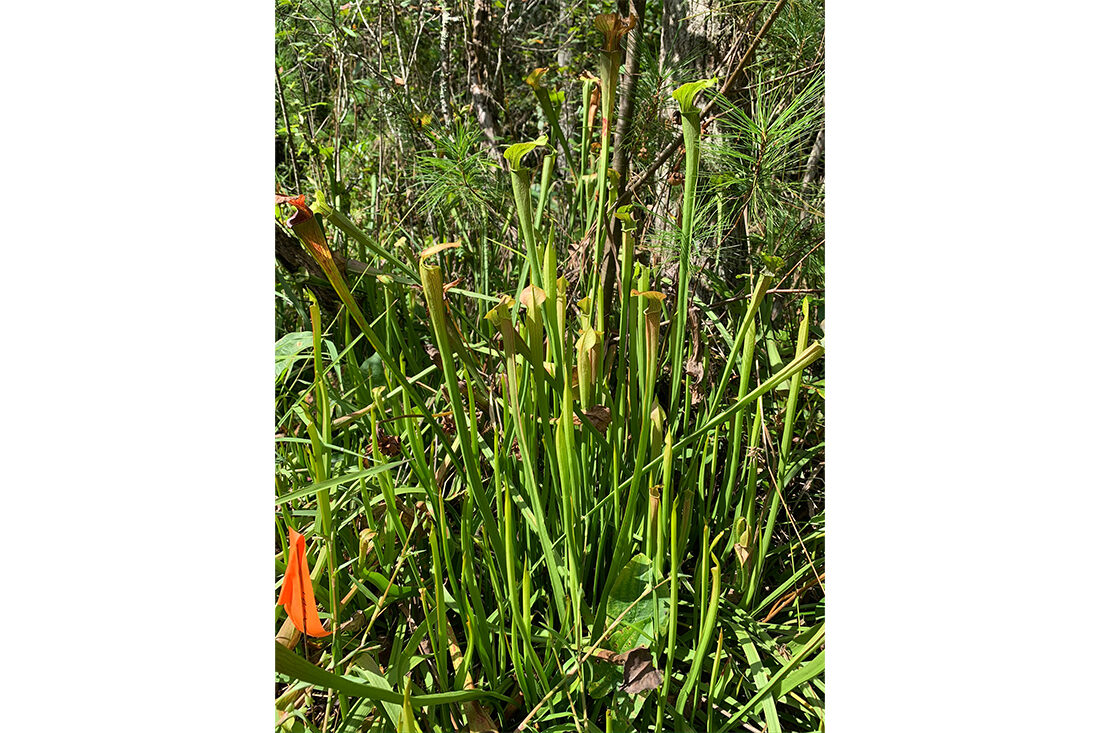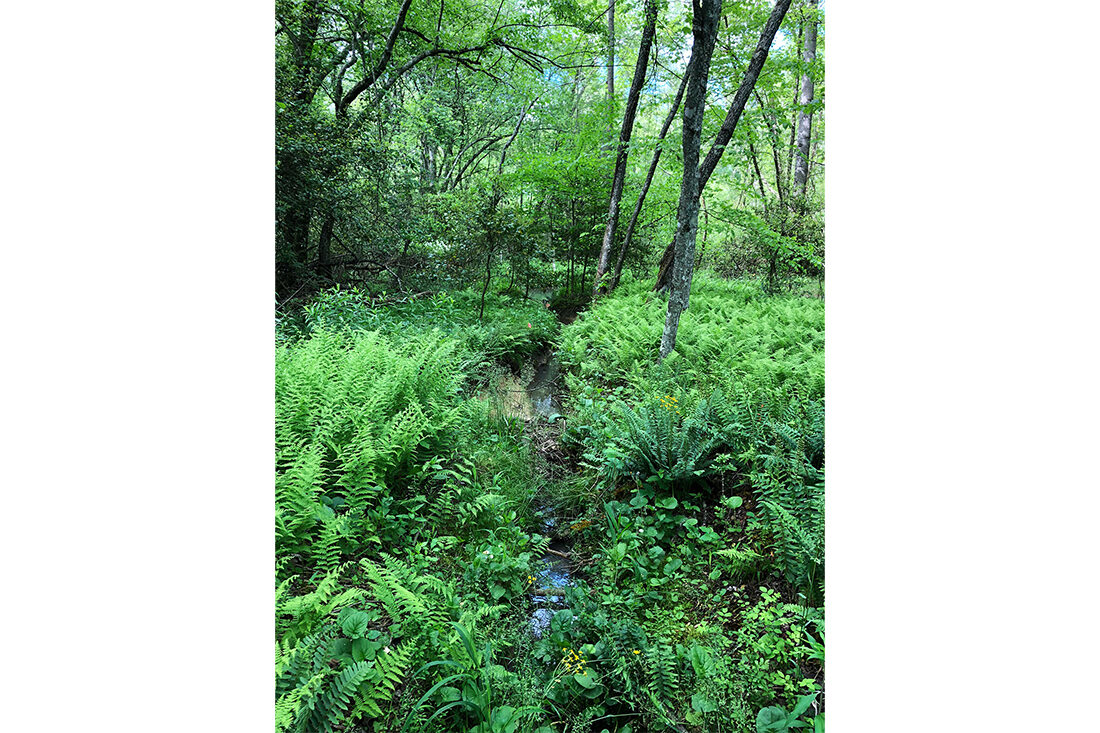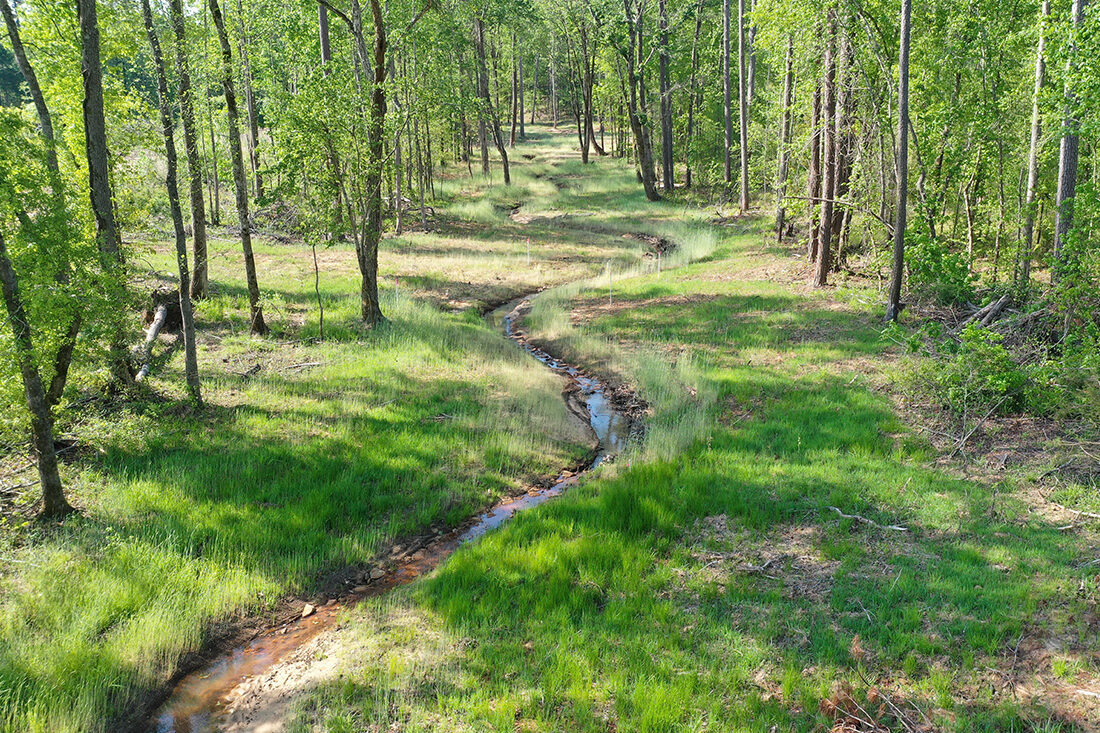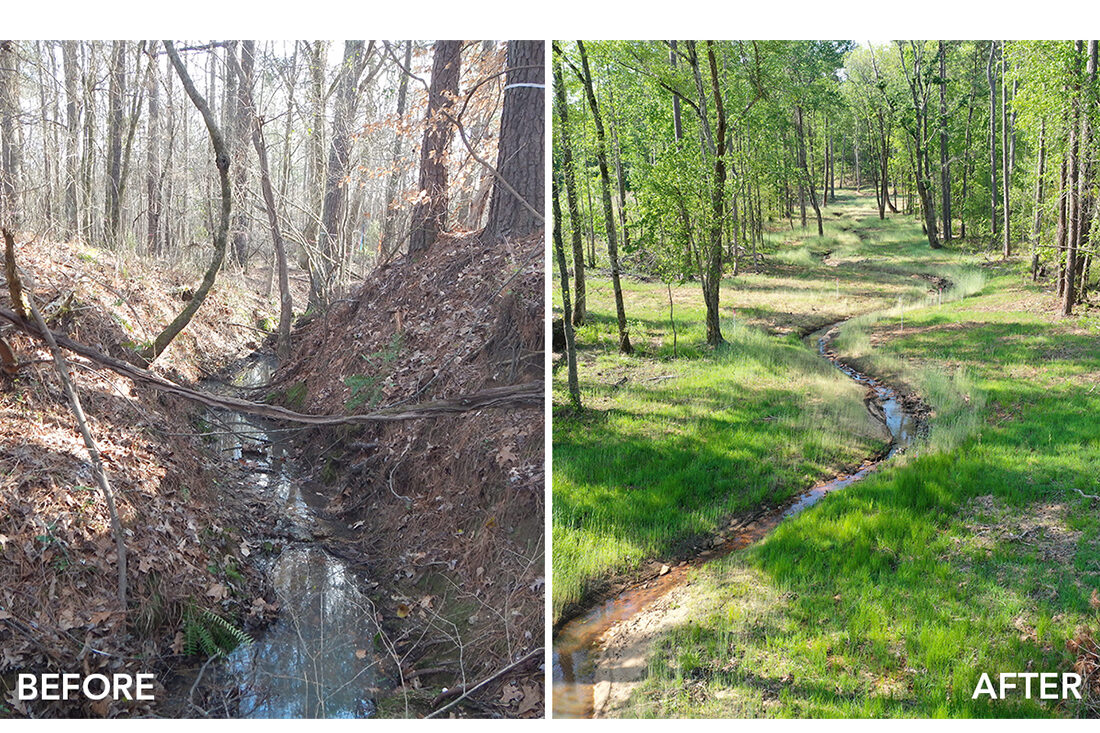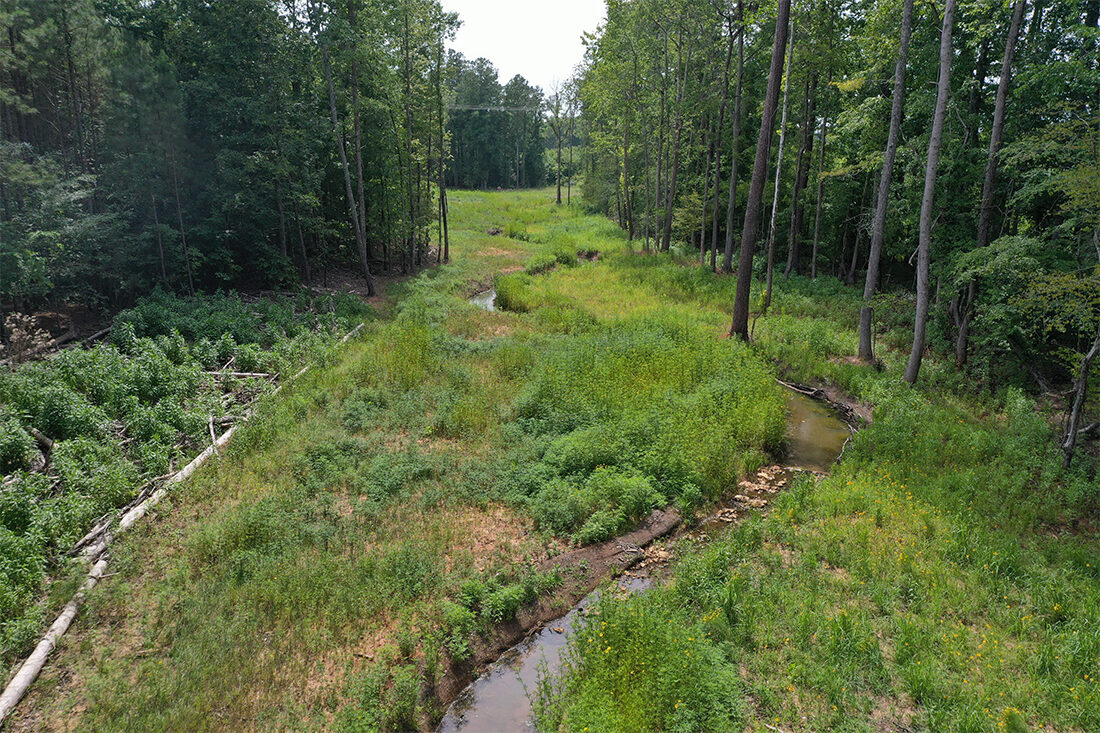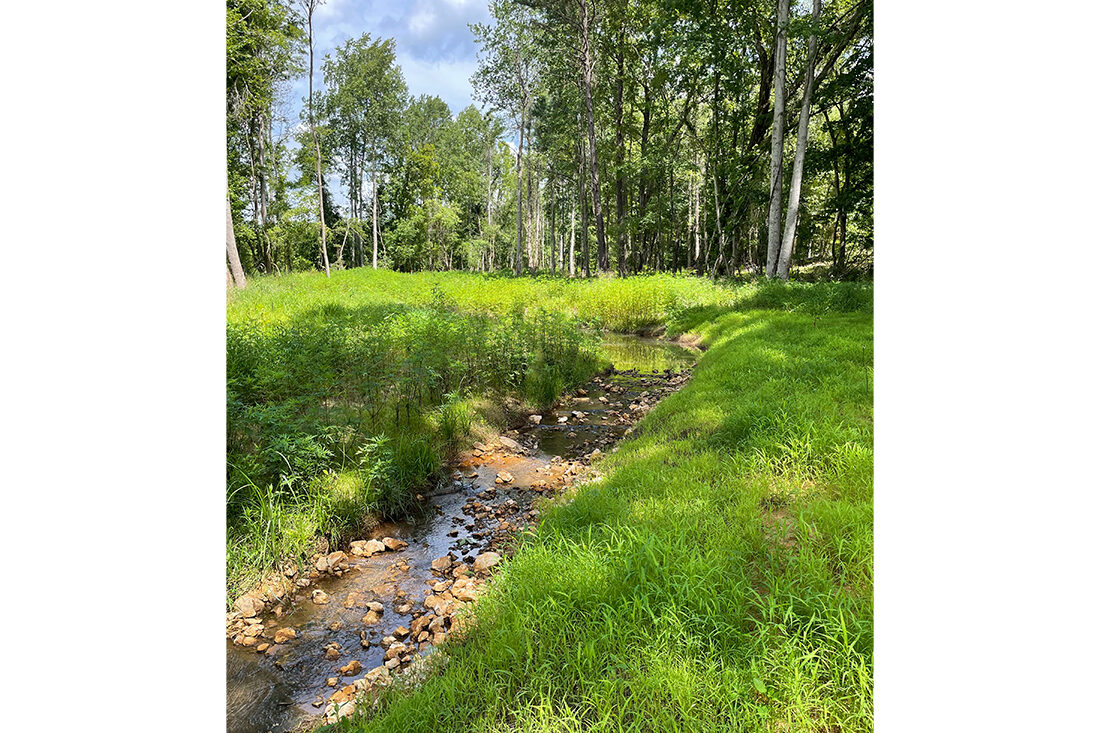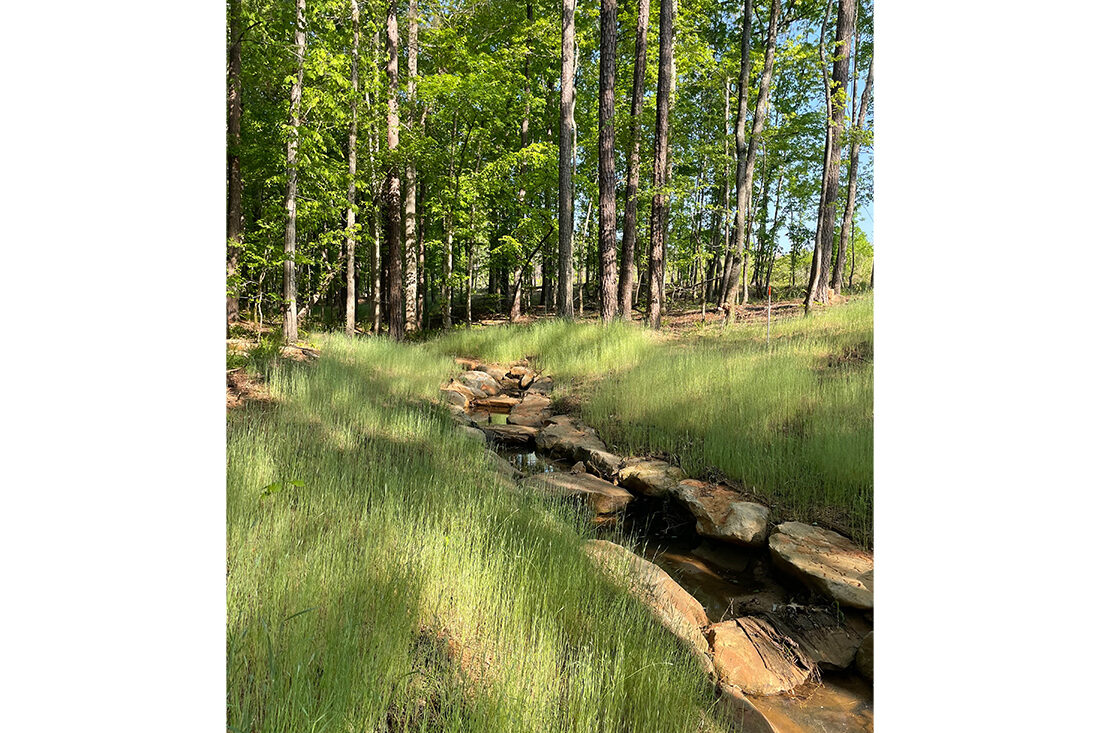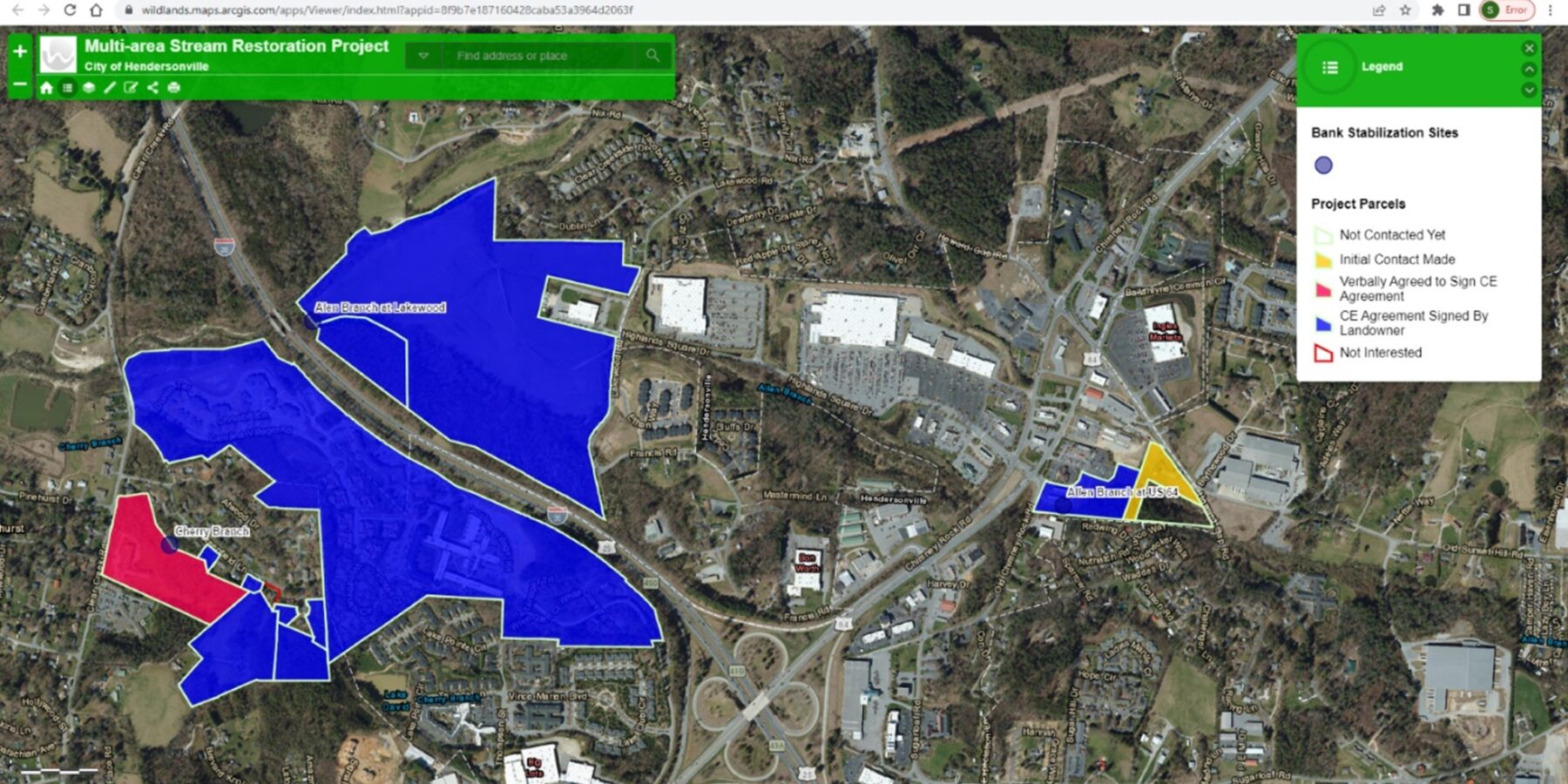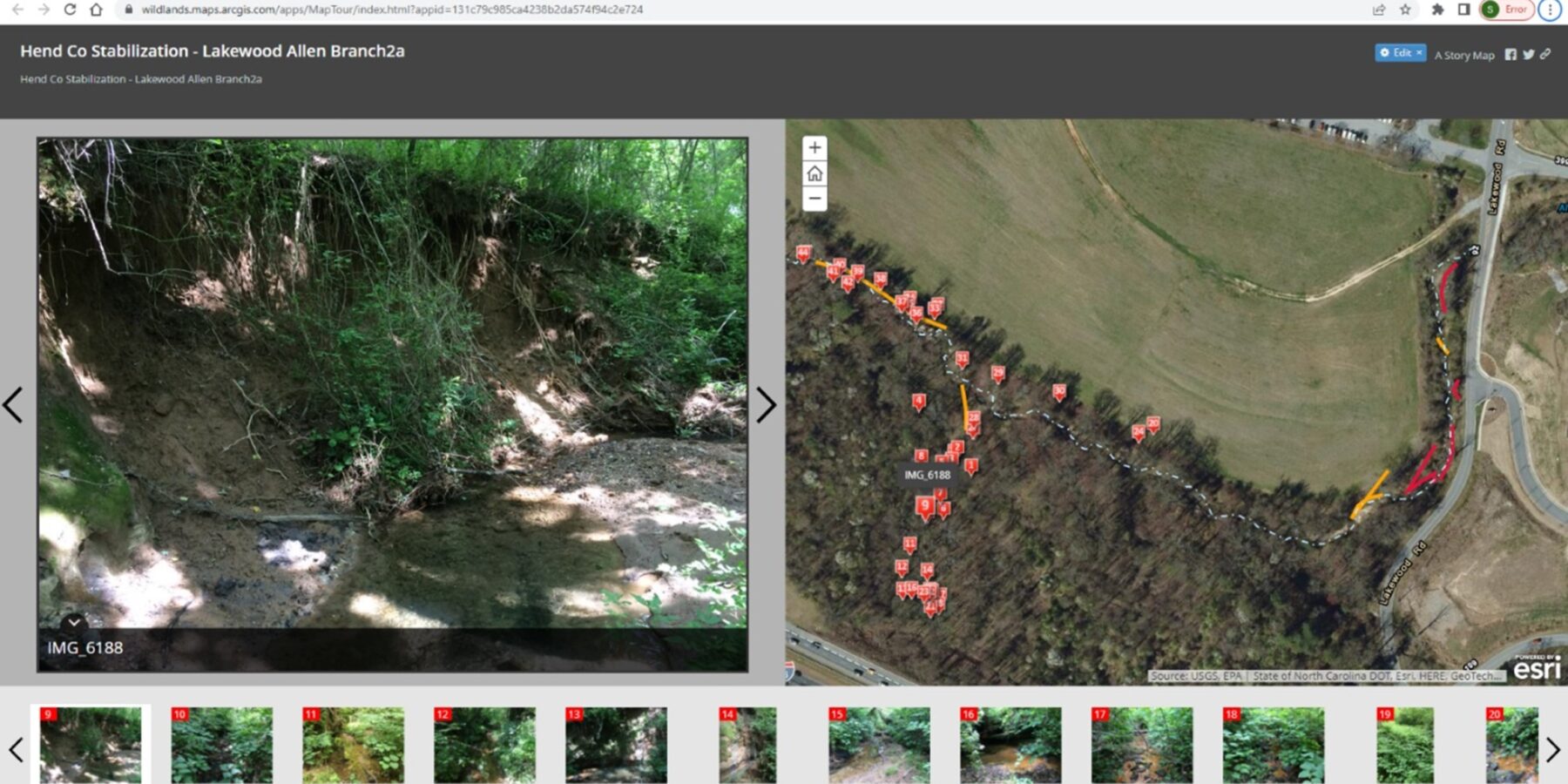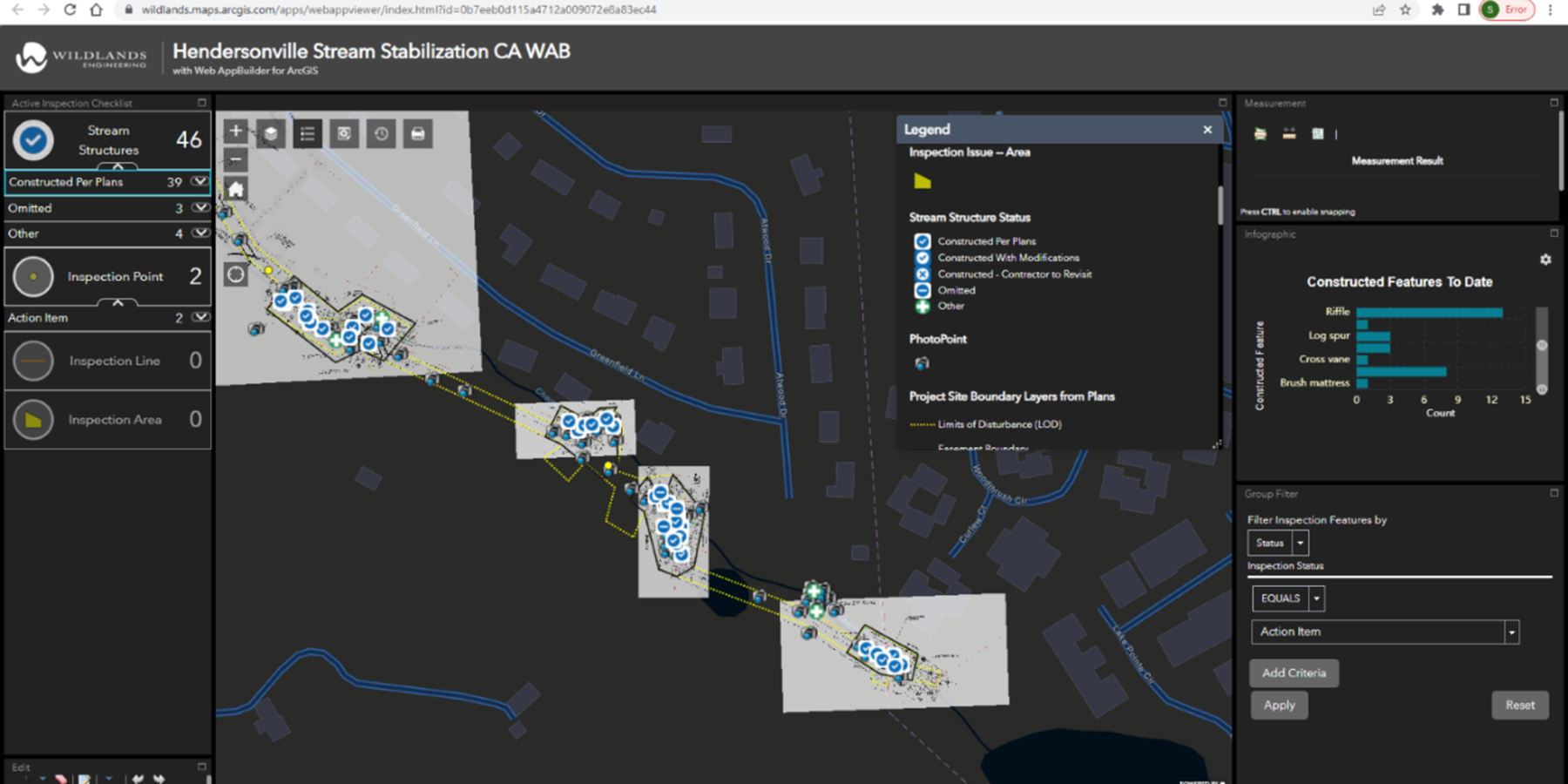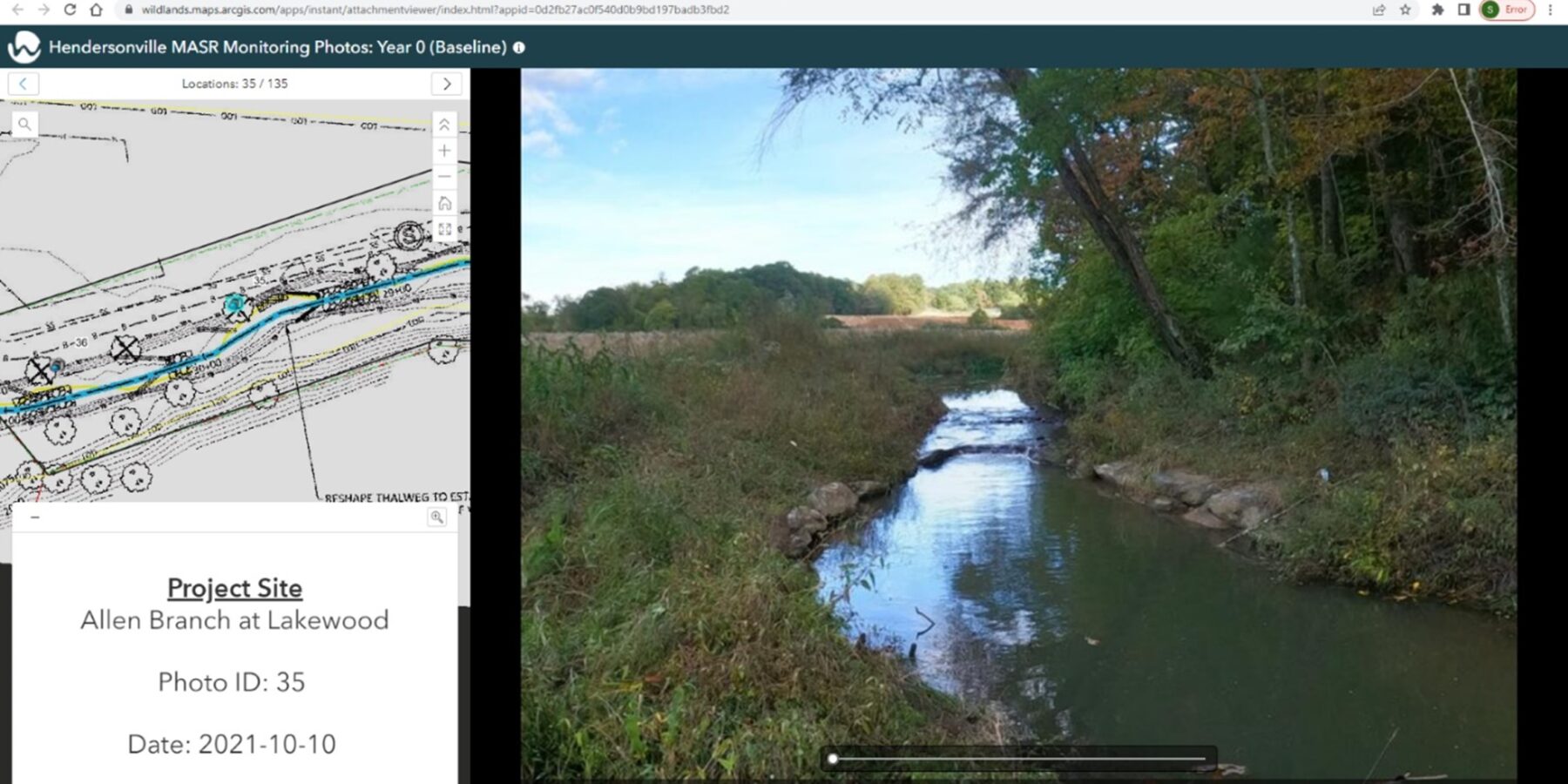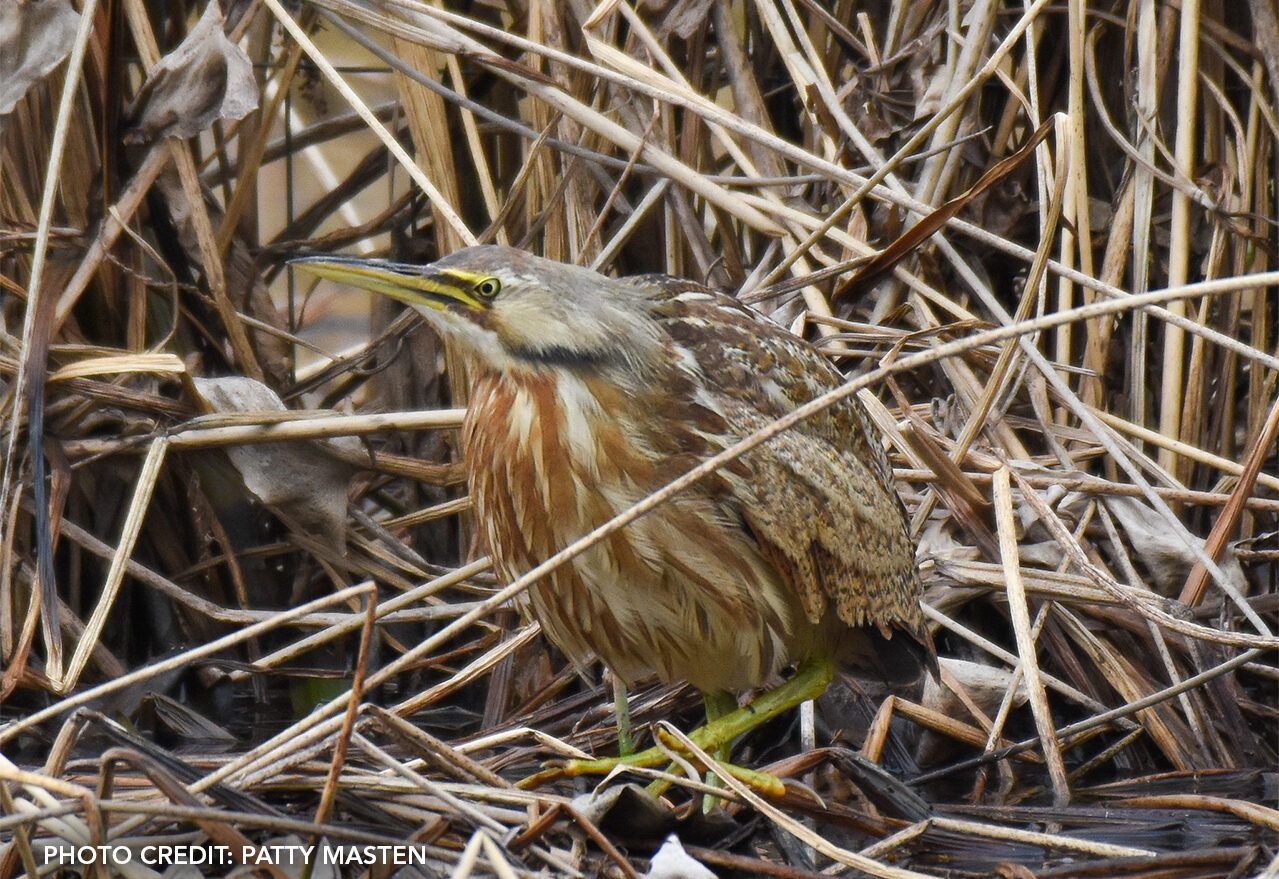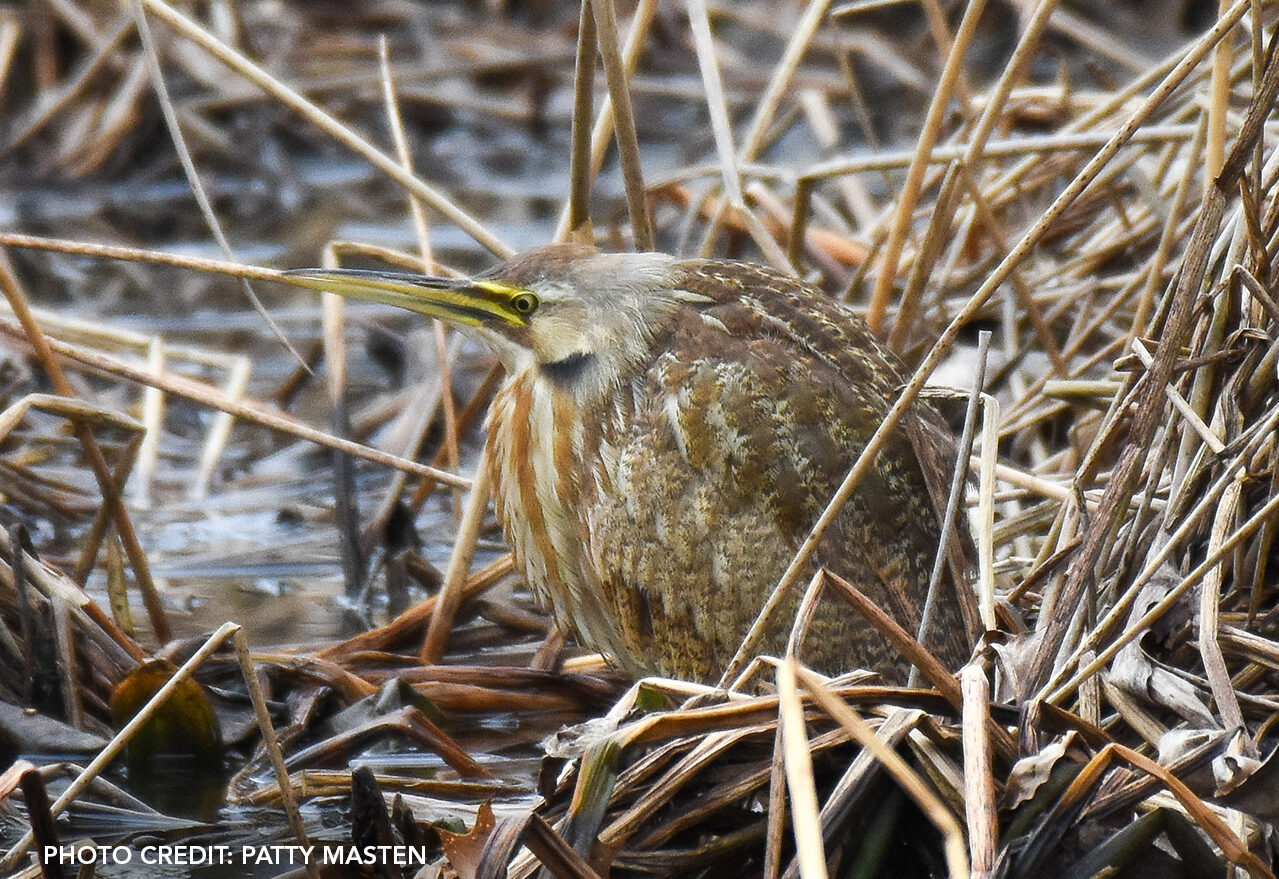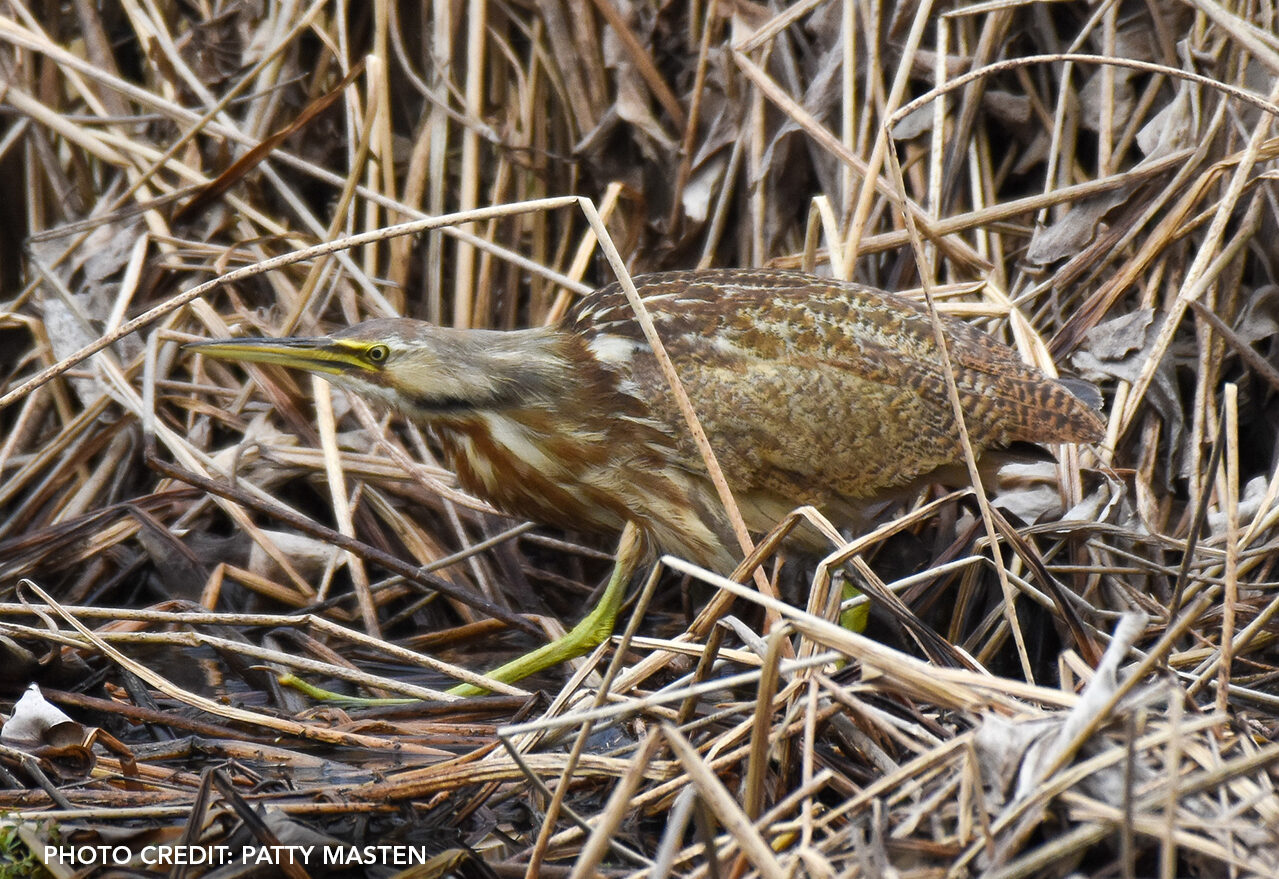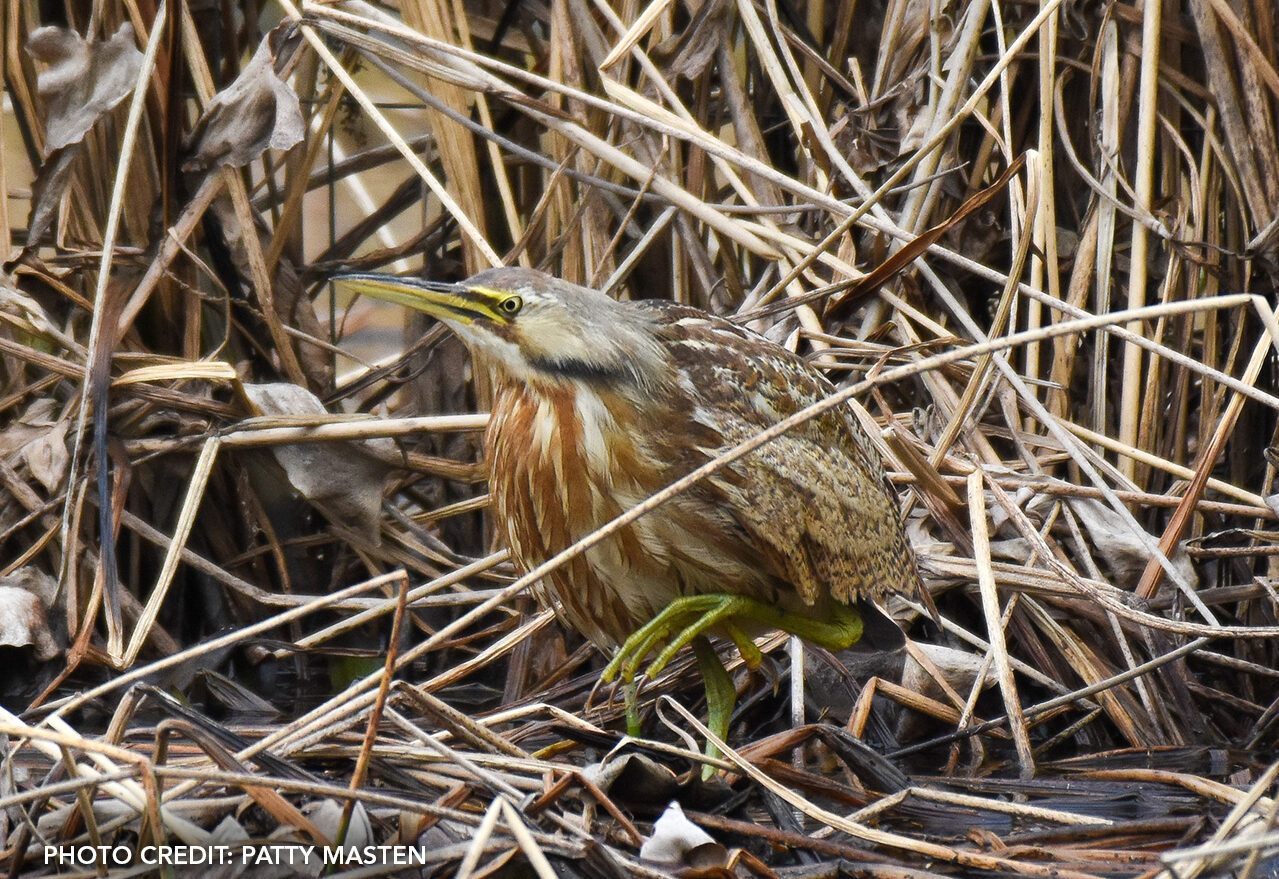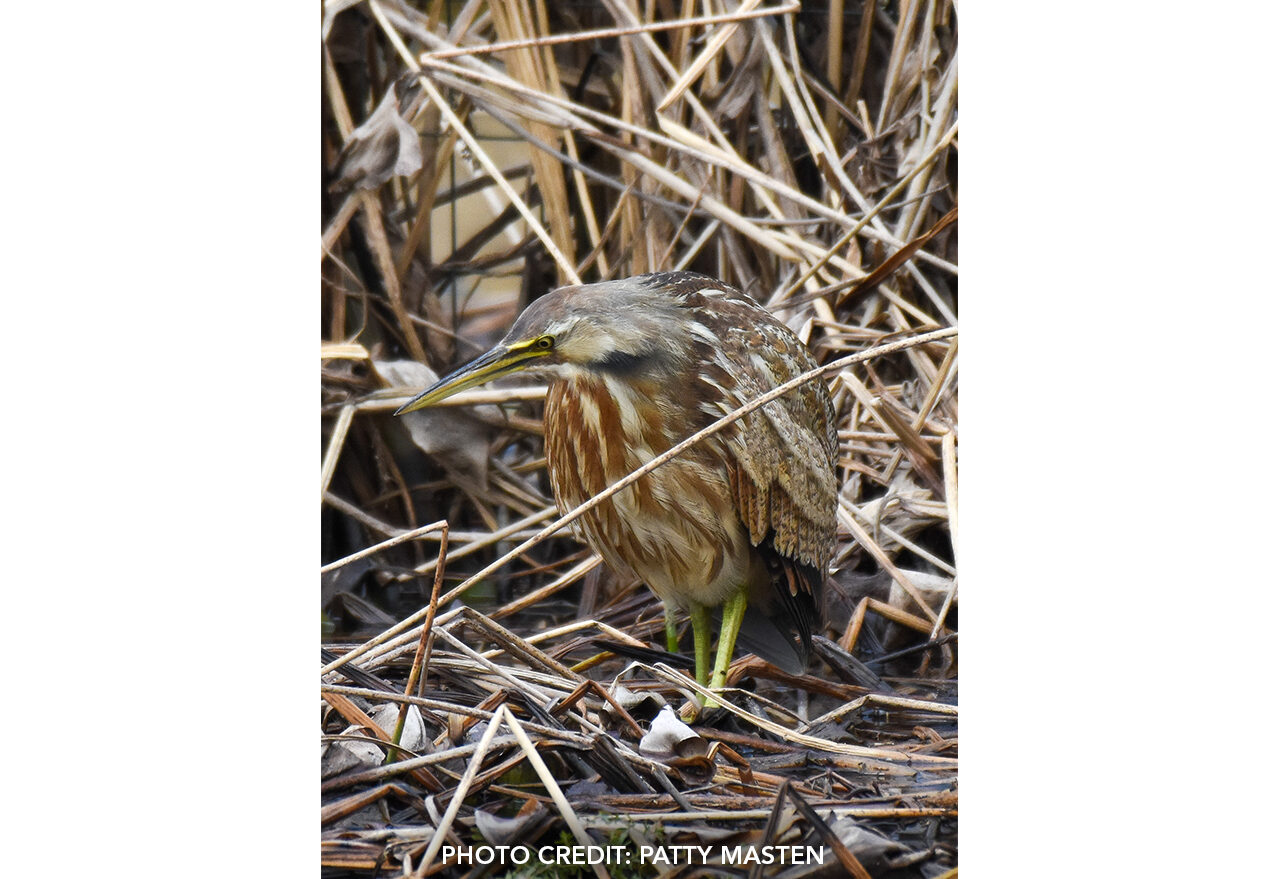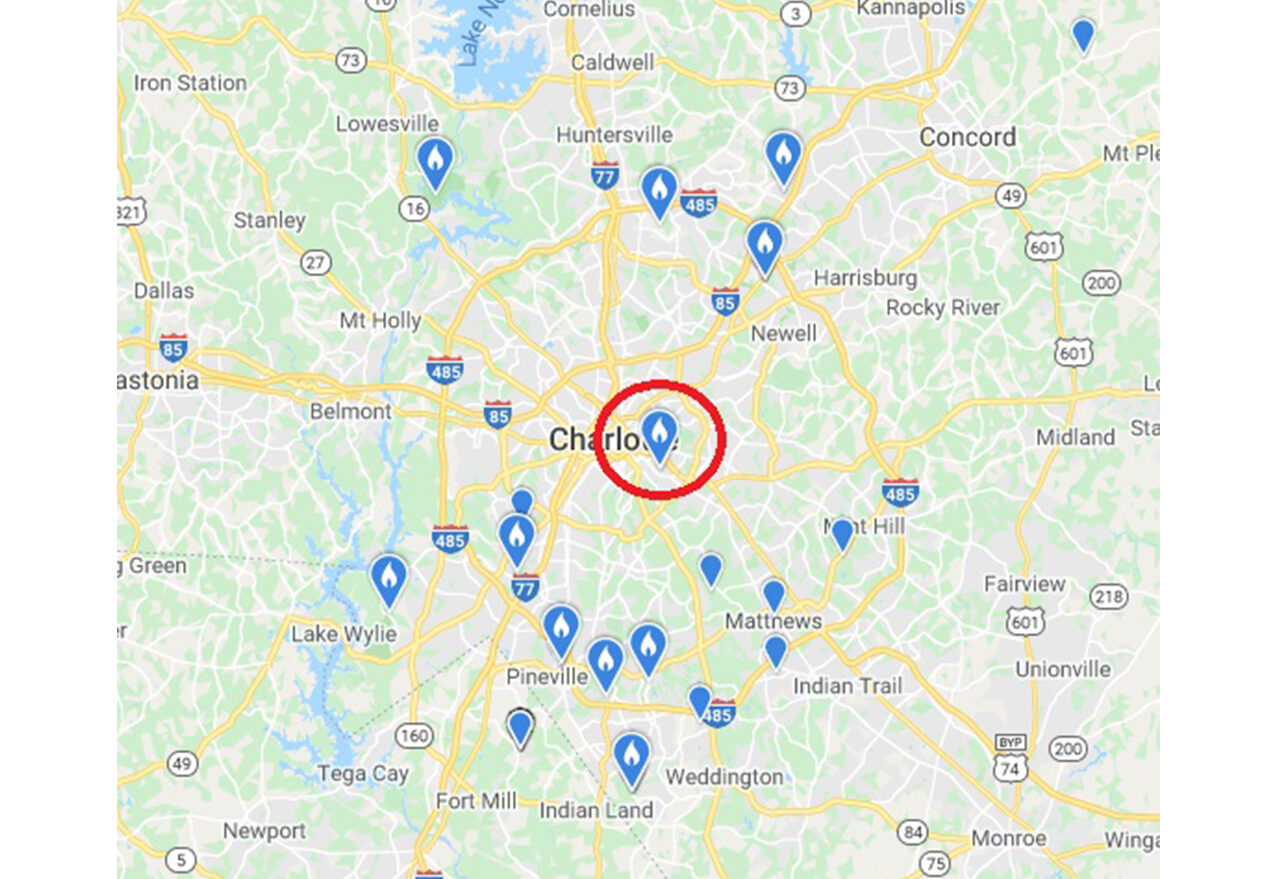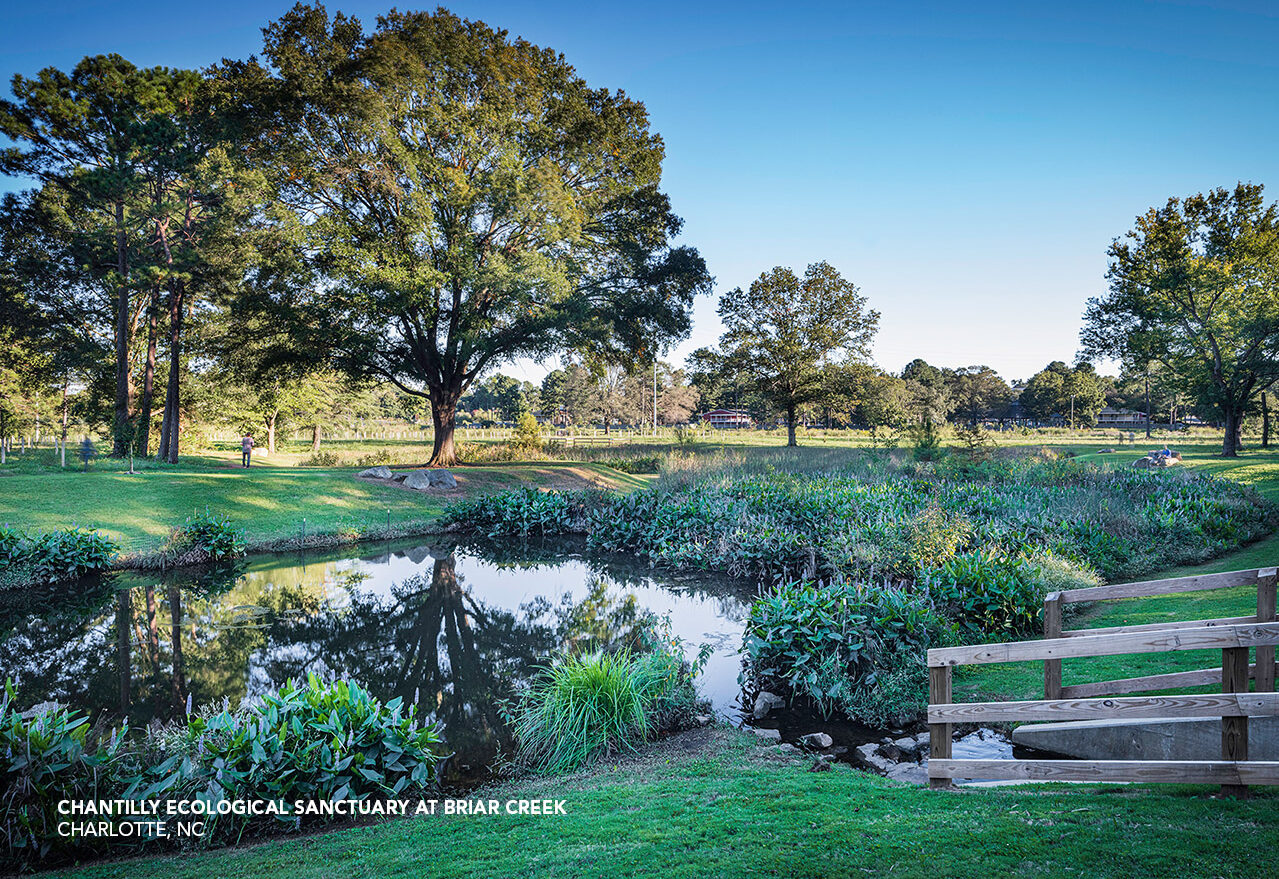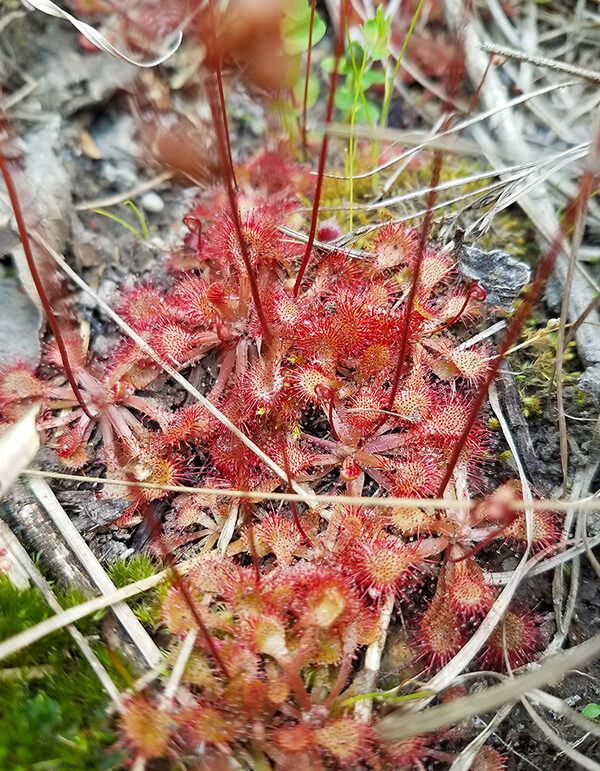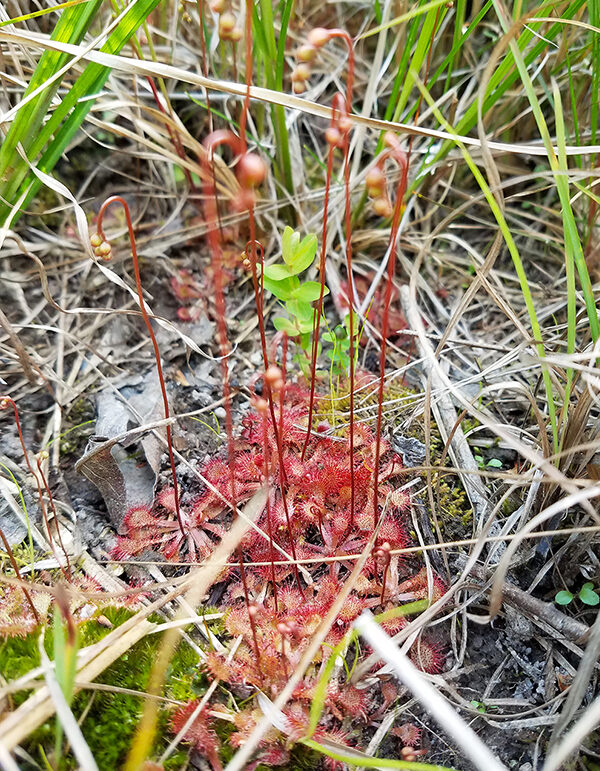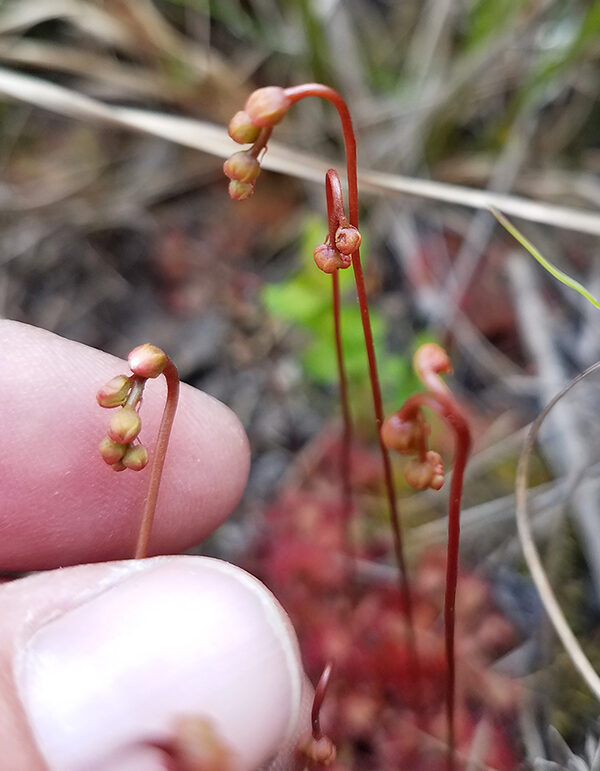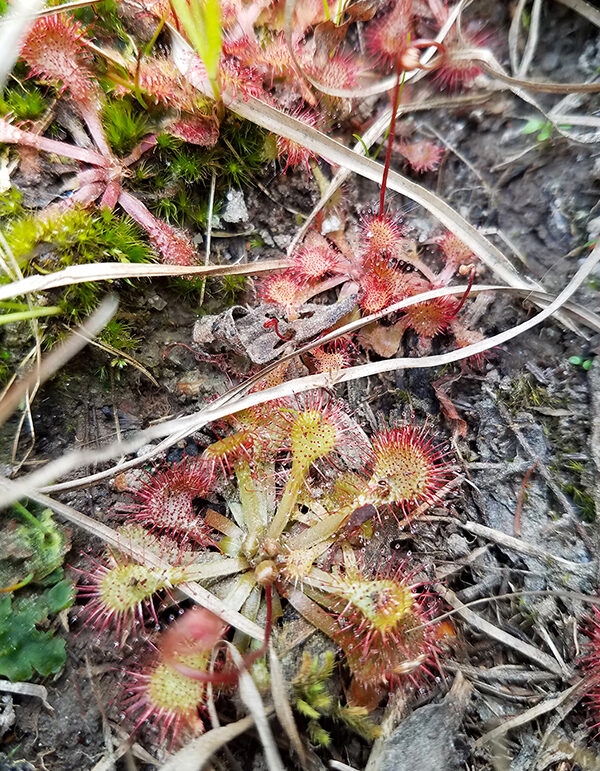Wildlands plays a role in the 2023 NADO Award for Land of Sky Regional Council Project
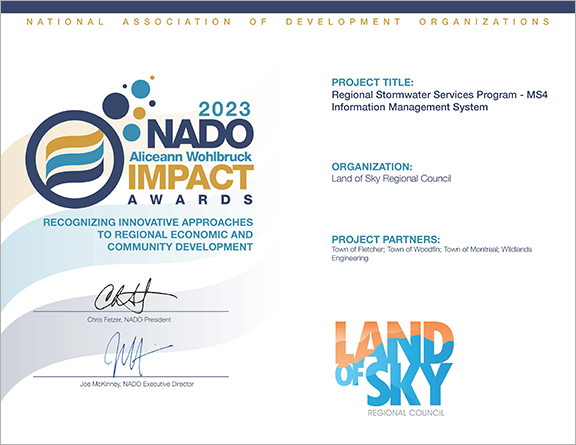 The Land of Sky Regional Council (LOSRC) was recently awarded the 2023 NADO Aliceann Wohlbruck Impact Award for their project “Regional Stormwater Services Program – MS4 Information Management System.” The system was configured by Wildlands Engineering for LOSRC who funded and deployed this technology across multiple jurisdictions (Fletcher, Woodfin, Black Mountain, and Weaverville) for a fraction of the cost of typical management systems. It provides a low-cost alternative for smaller jurisdictions that do not use a digital asset management system for stormwater infrastructure.
The Land of Sky Regional Council (LOSRC) was recently awarded the 2023 NADO Aliceann Wohlbruck Impact Award for their project “Regional Stormwater Services Program – MS4 Information Management System.” The system was configured by Wildlands Engineering for LOSRC who funded and deployed this technology across multiple jurisdictions (Fletcher, Woodfin, Black Mountain, and Weaverville) for a fraction of the cost of typical management systems. It provides a low-cost alternative for smaller jurisdictions that do not use a digital asset management system for stormwater infrastructure.
The MS4 Information Management System is a low-cost alternative for smaller jurisdictions that do not use a digital asset management system for stormwater infrastructure. The MS4 Information Management System is an integrated documentation system for stormwater outfall inspections – both for identifying maintenance needs and for discovering possible illicit discharges; it can also be used for reporting.
The system is built on the esri GIS platform and centrally hosted and managed in ArcGIS Online (AGOL) by LOSRC. Proactive stormwater management is crucial to protecting water quality. LOSRC aims to map all the stormwater systems in the region and uses this system to provide a simple field-based mobile app to support inspections and maintenance. Communities can access the platform anywhere and it’s designed to be used on a tablet or smartphone in the field. The system consists of inspection forms (ArcGIS Survey123), a locationally aware mobile map (ArcGIS Field Maps), and the stormwater system inventory (AGOL). Surveys documenting illicit discharges and/or high priority storm maintenance requirements will trigger an email to the corresponding town public works director. Survey123 also consists of a web-application that provides a data dashboard to review and report on the information collected with the inspection forms.
In the future, the system can be expanded for additional MS4 permit requirements (e.g., SCM inspections, catch basin cleaning, facility, and pavement management).
Wildlands looks forward to providing more quality, accessible, and functional online mapping tools for future clients!
#NADO #award #wildlandsengineering #stormwater #waterquality #ArcGIS #mappingtools #landofsky #ashevillenc #GIS



